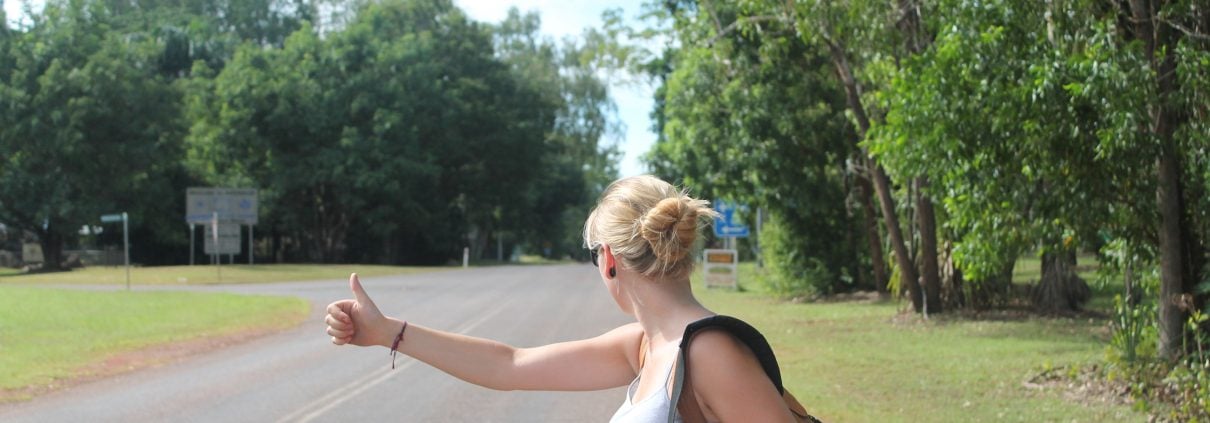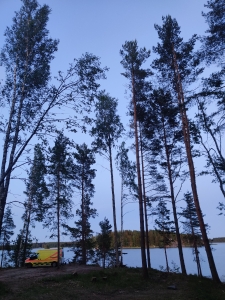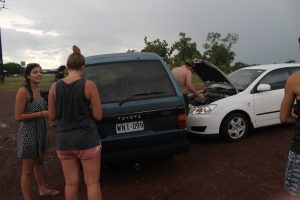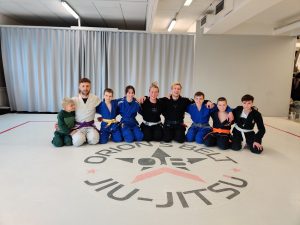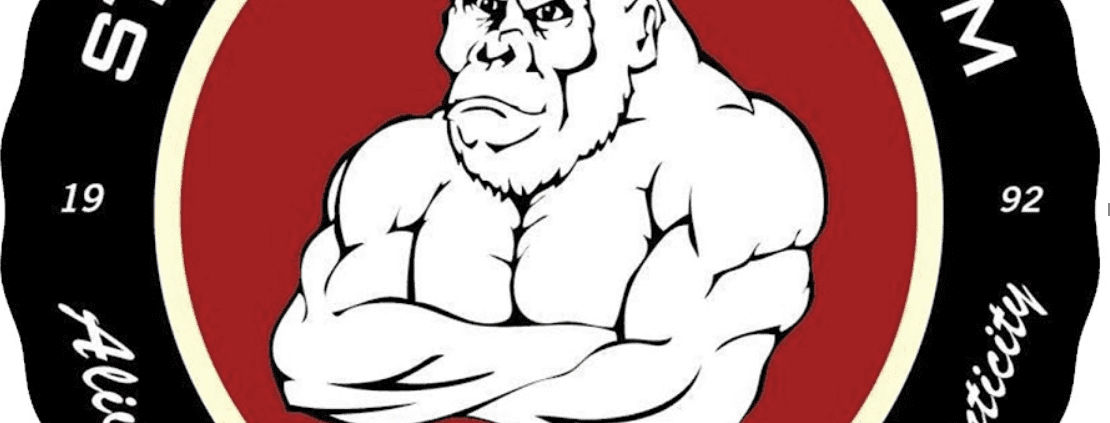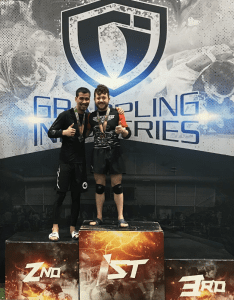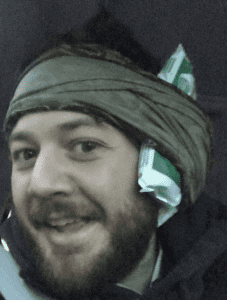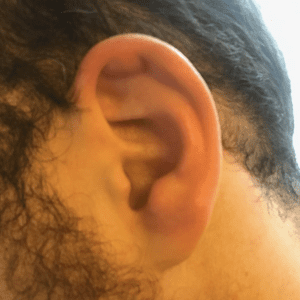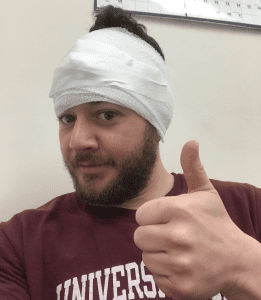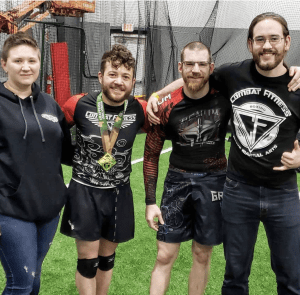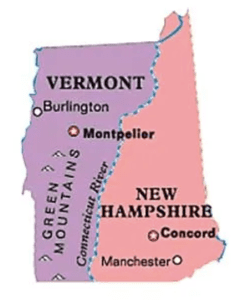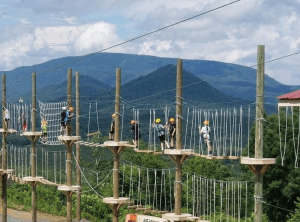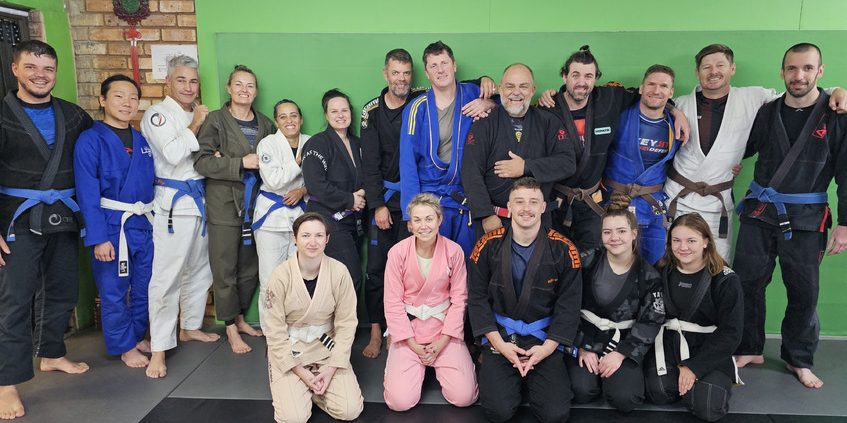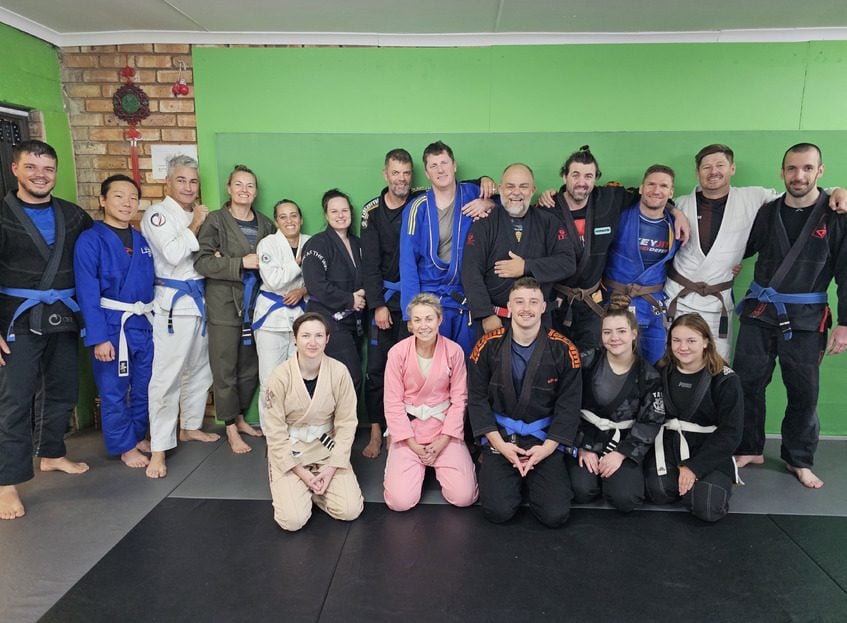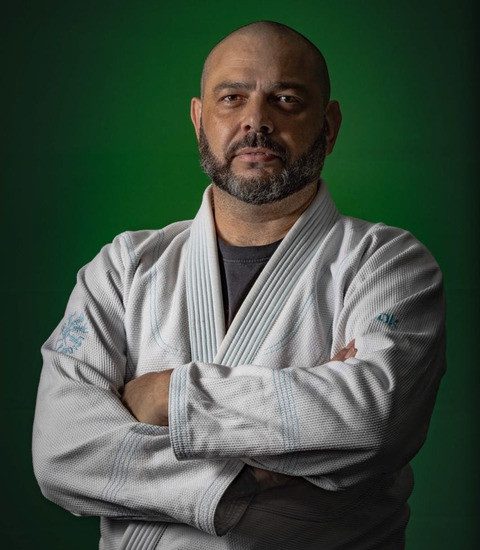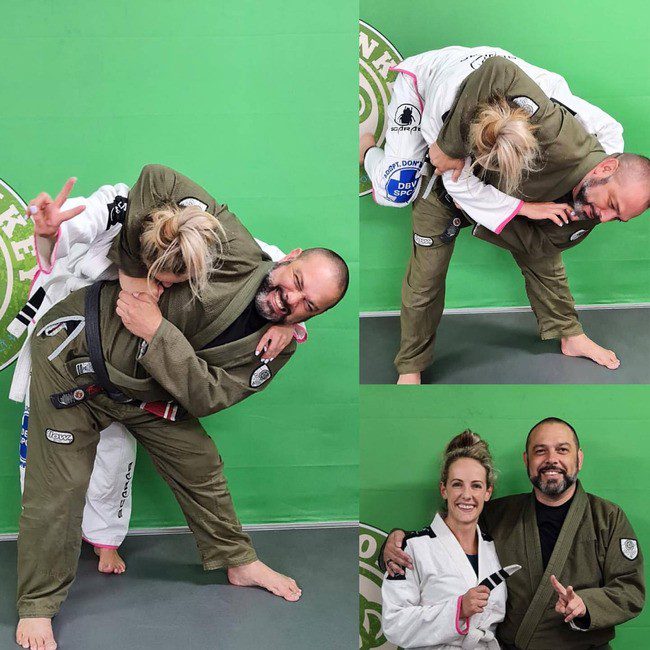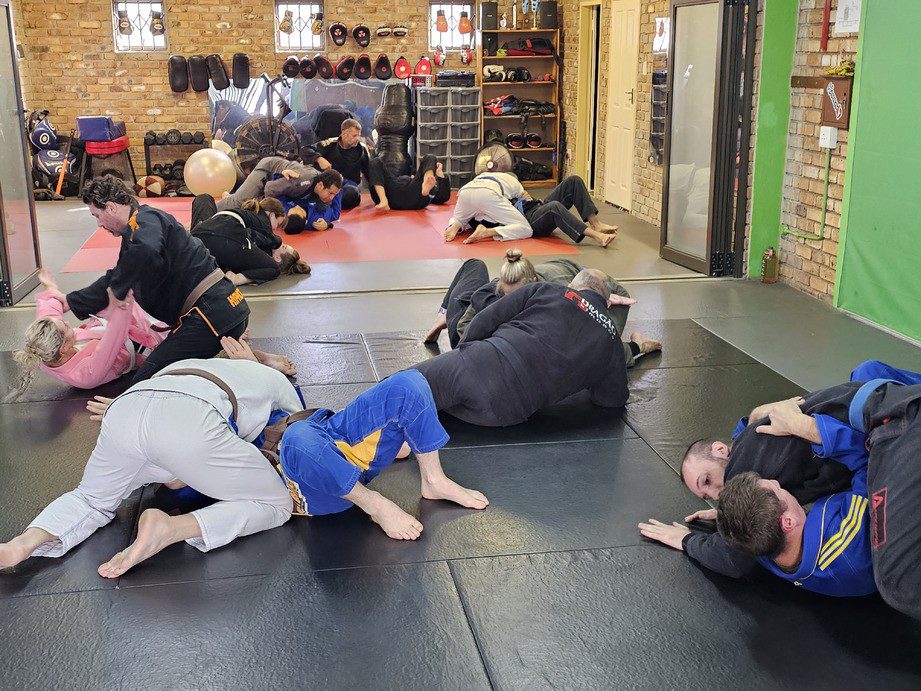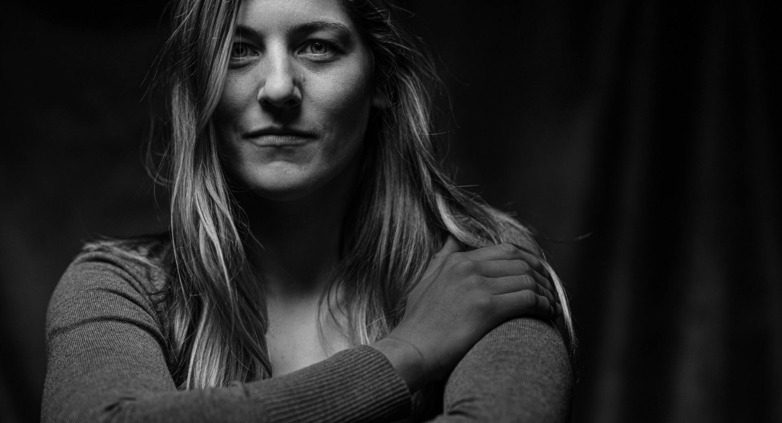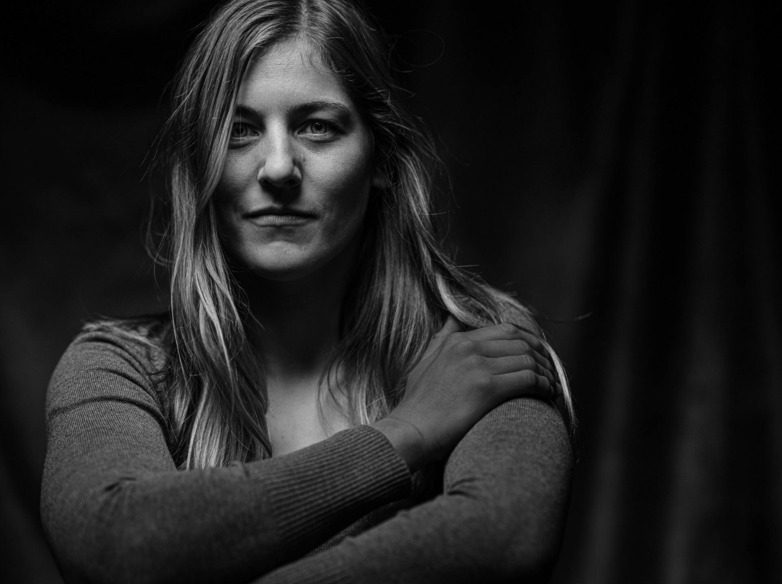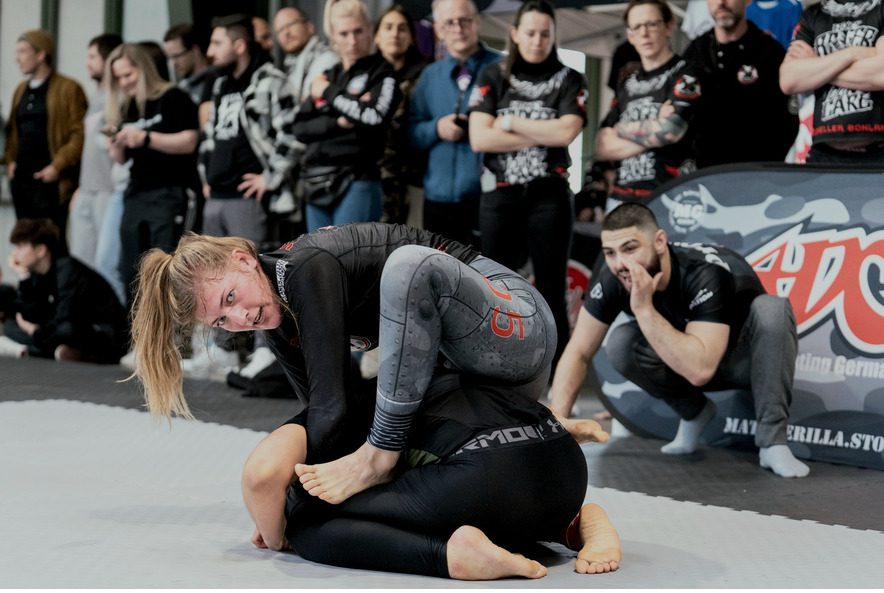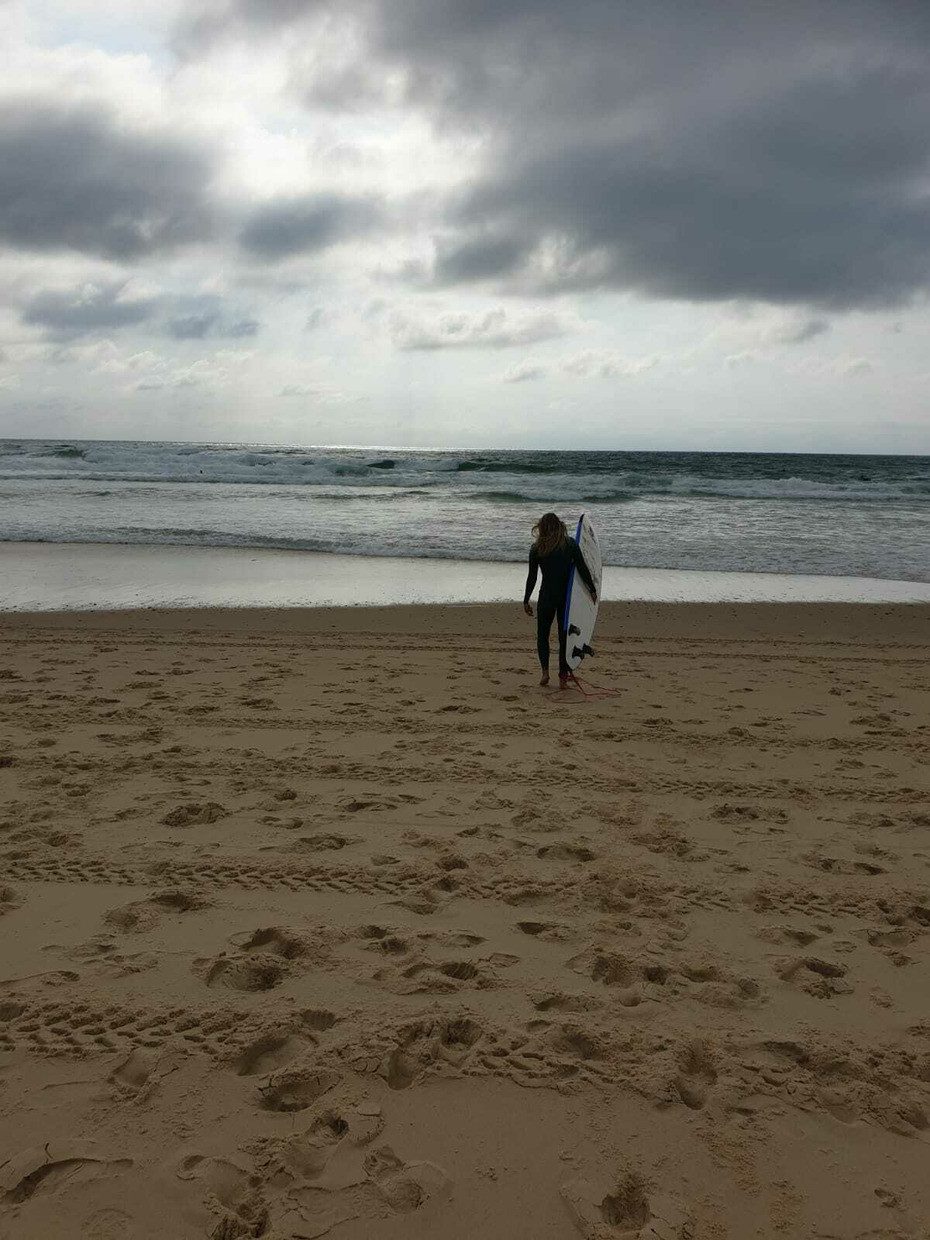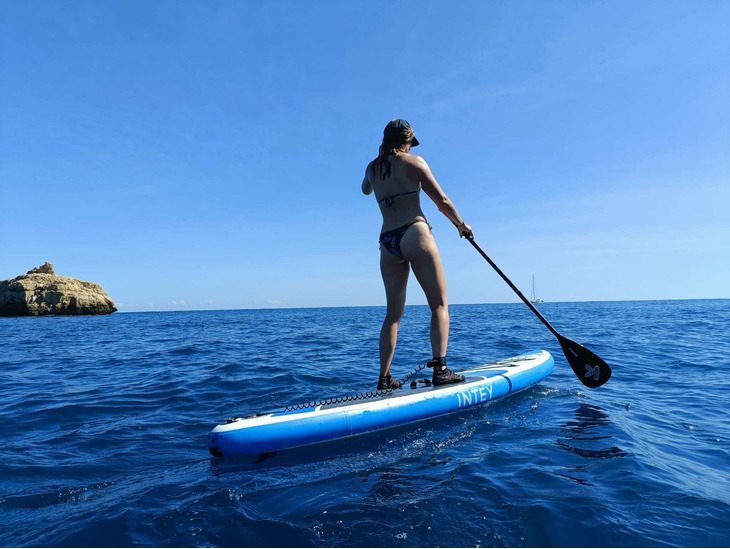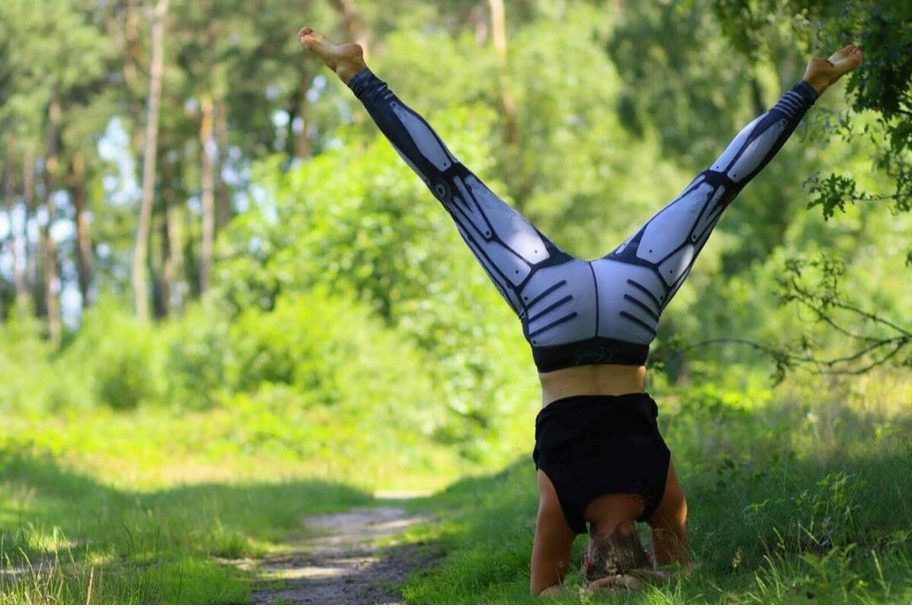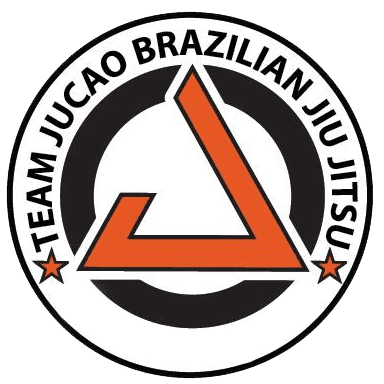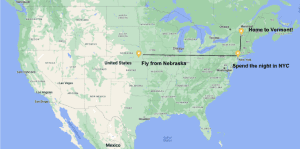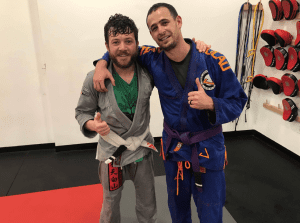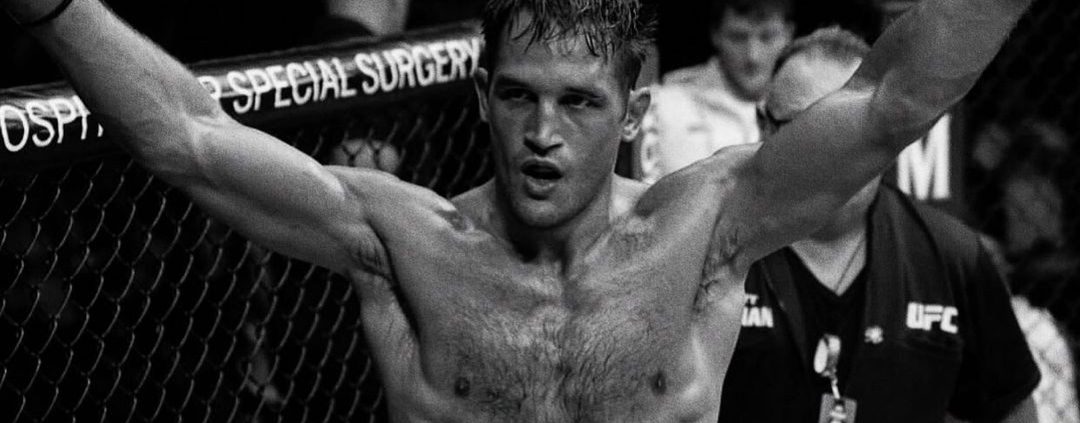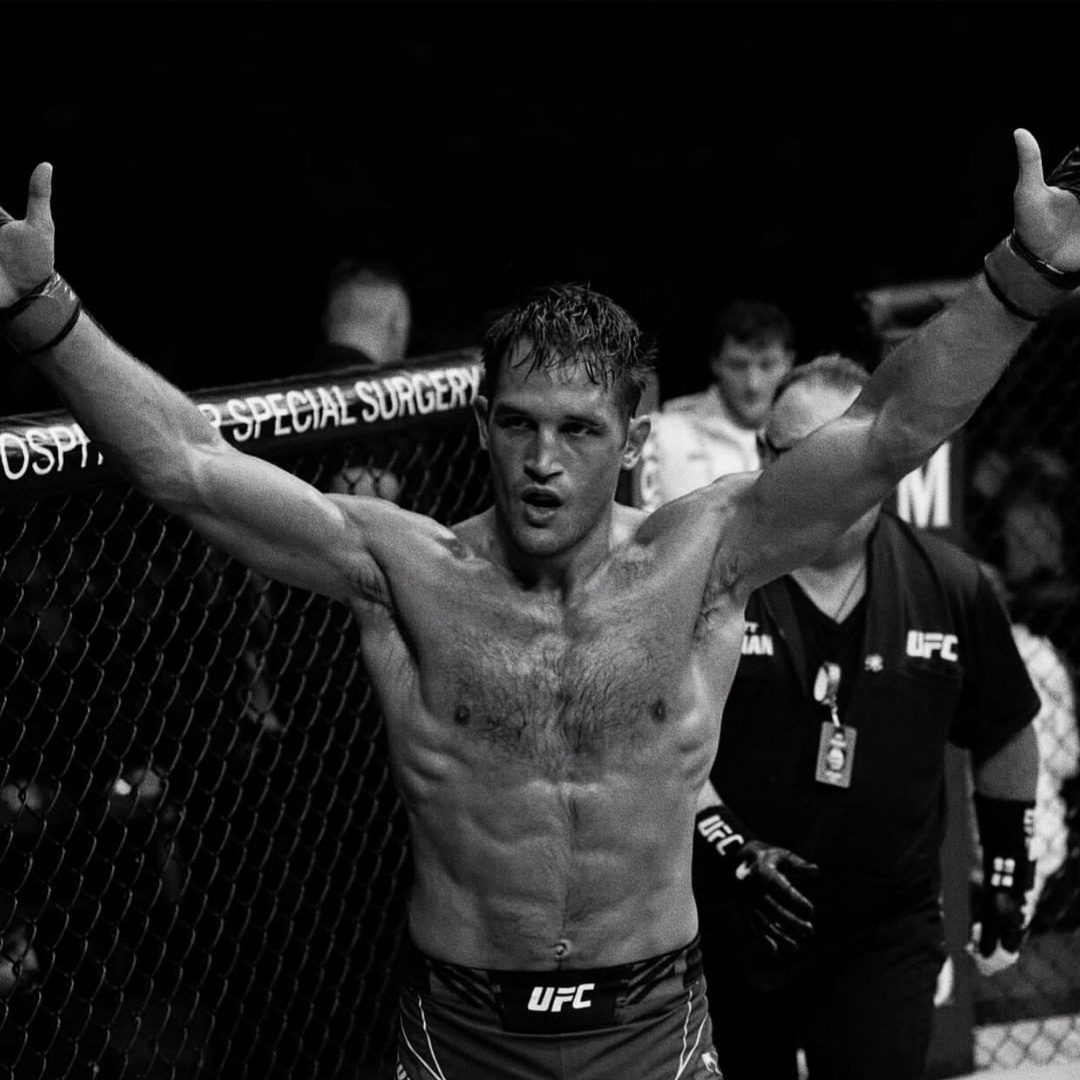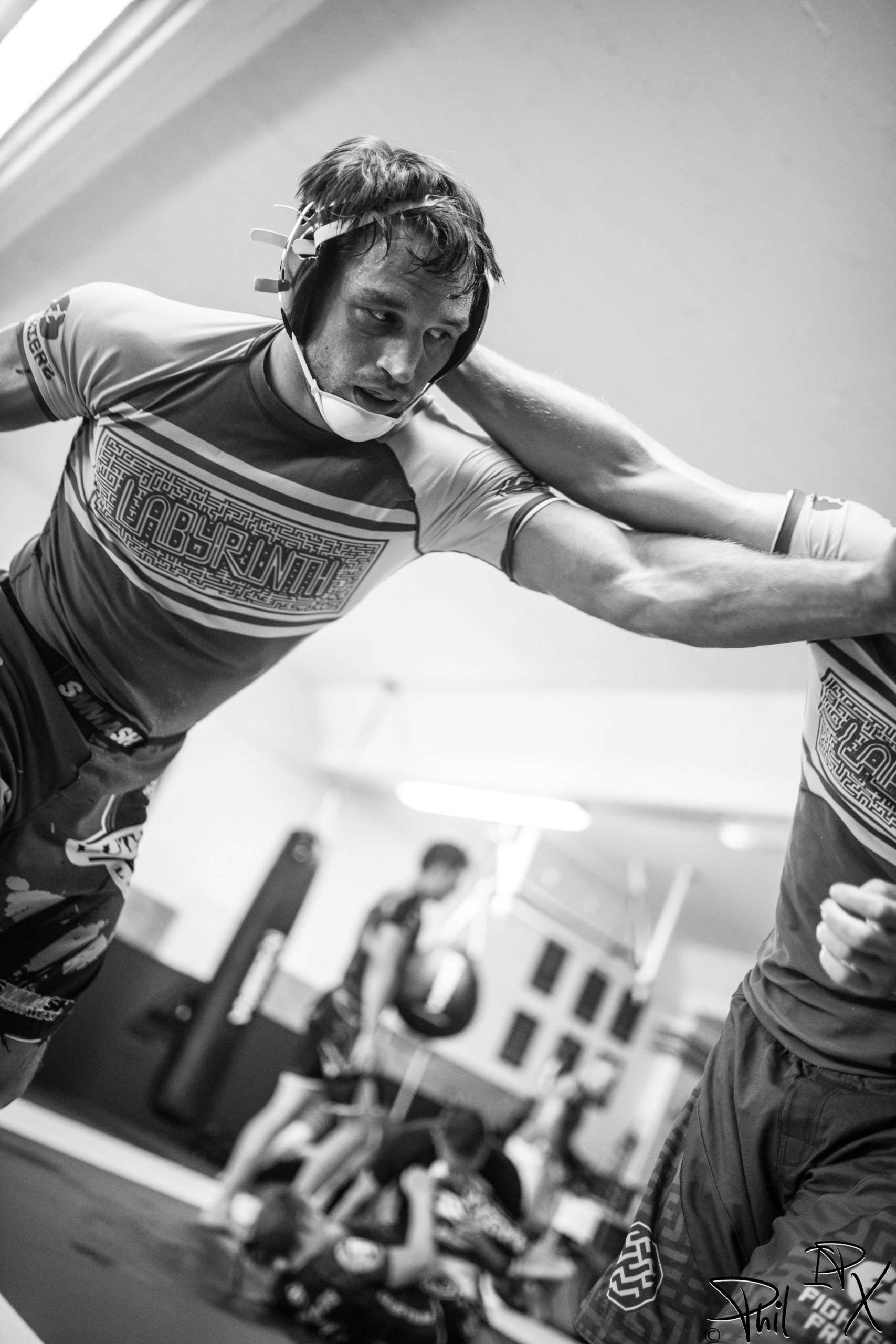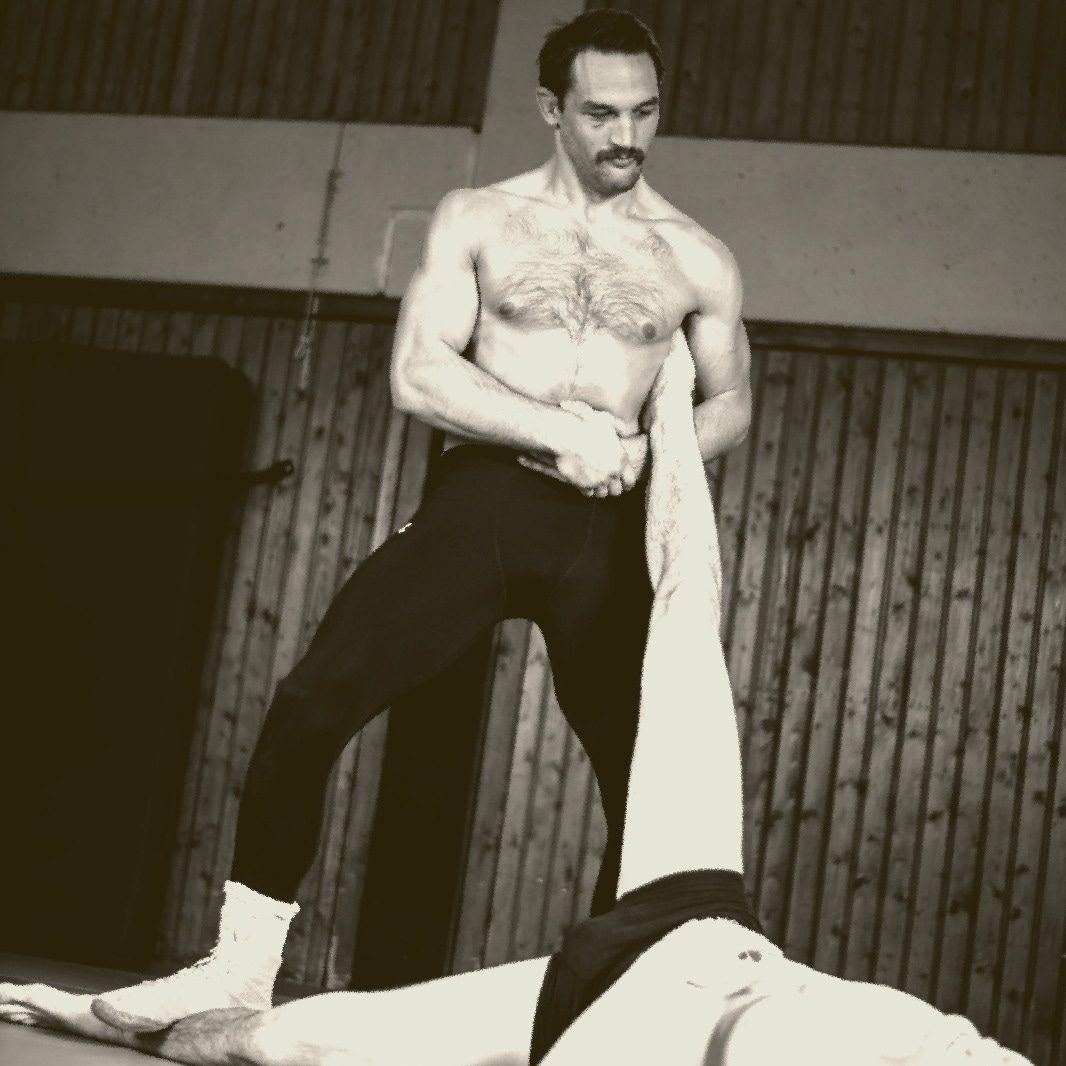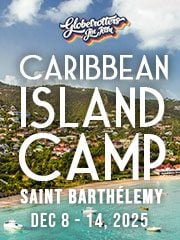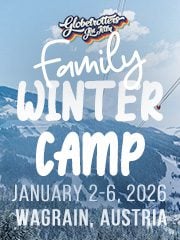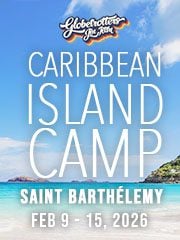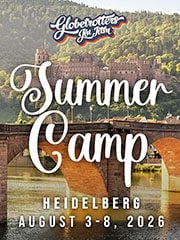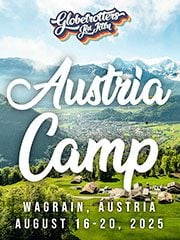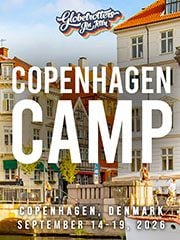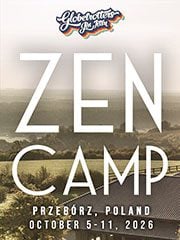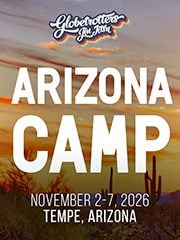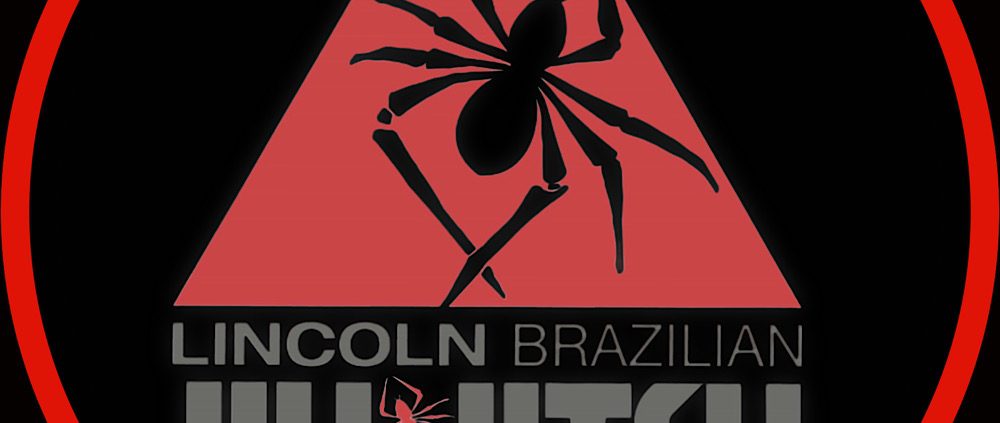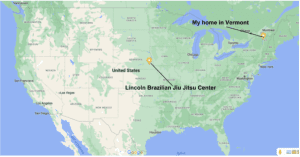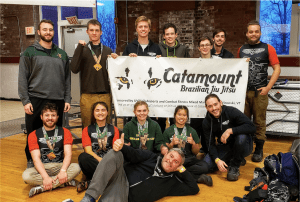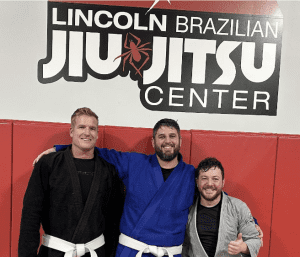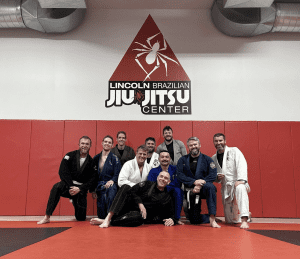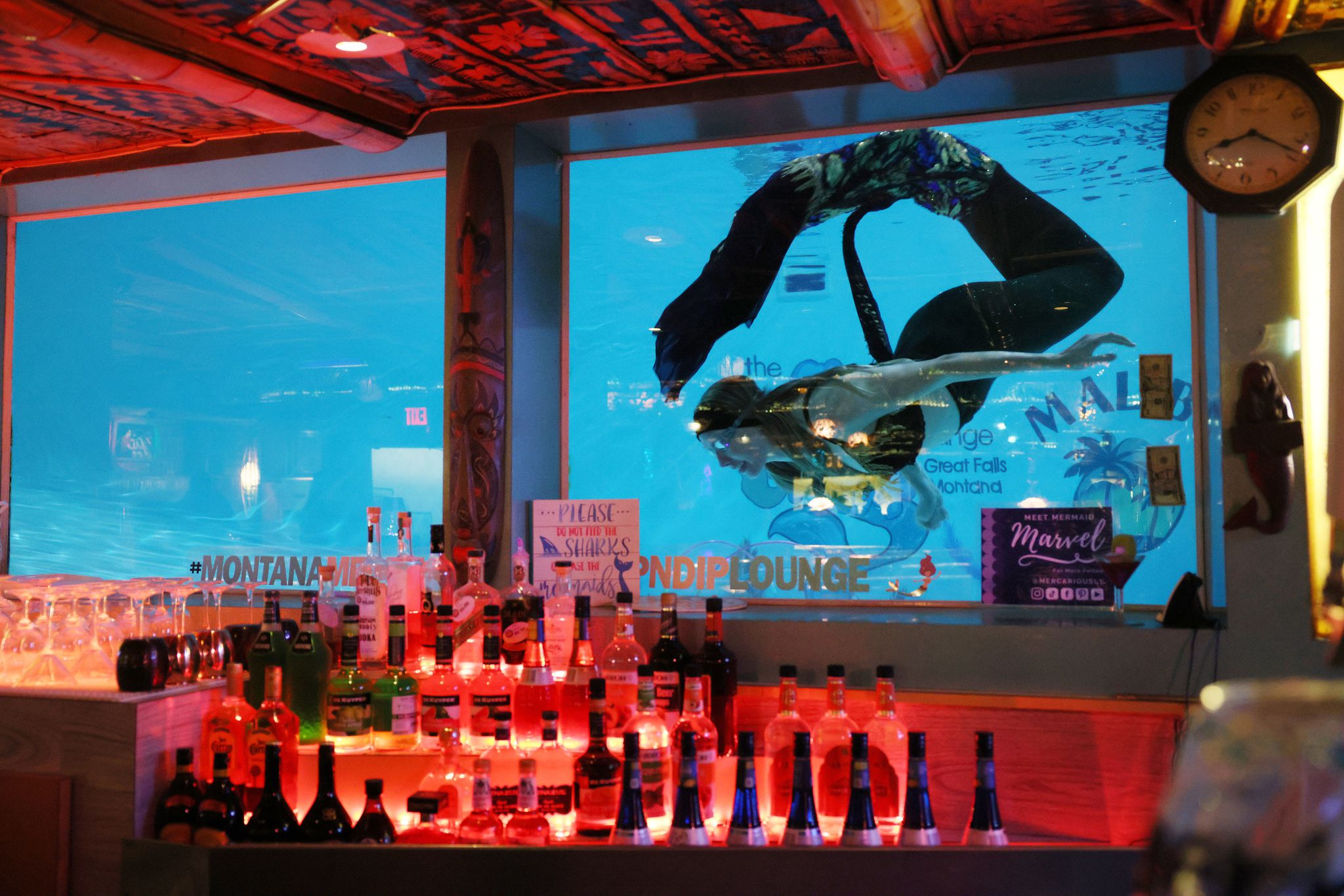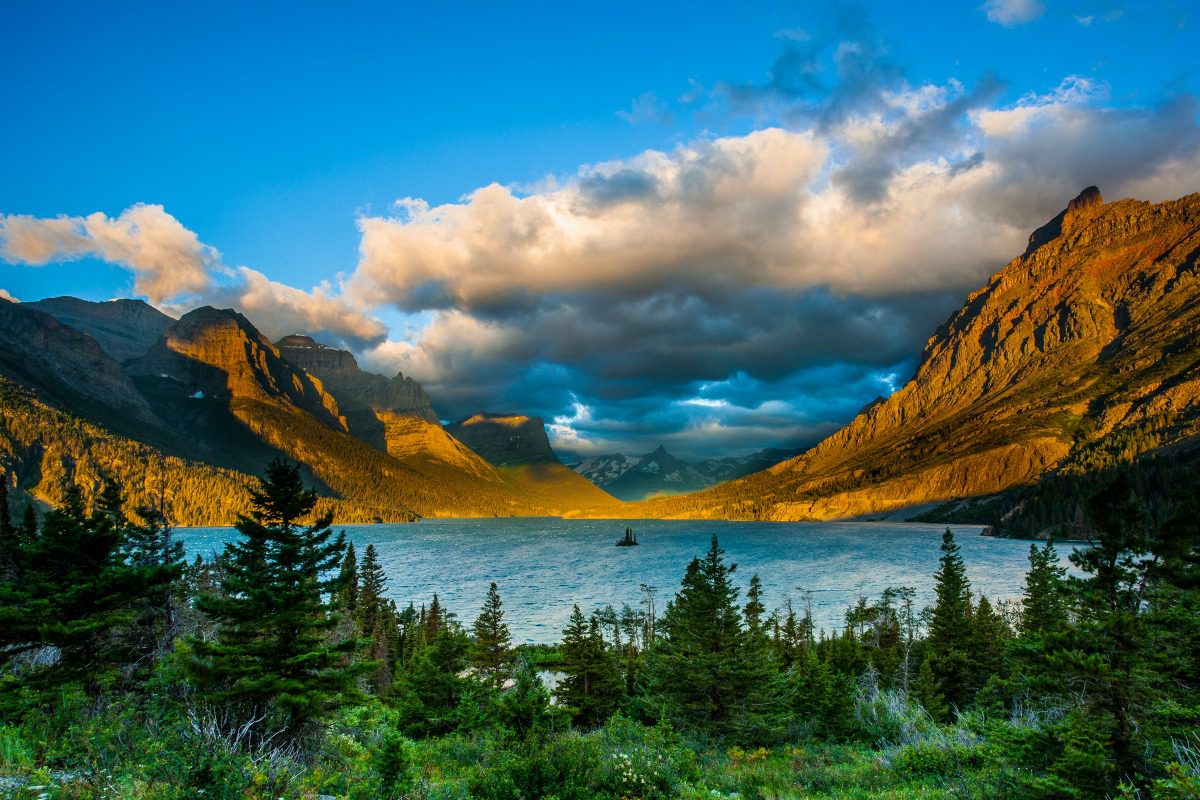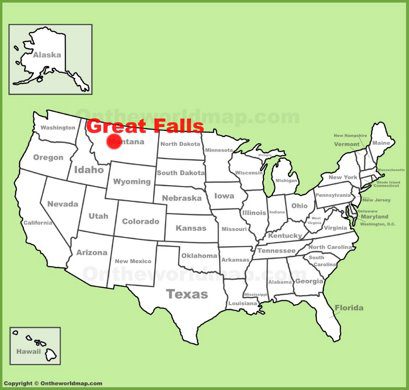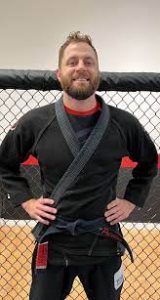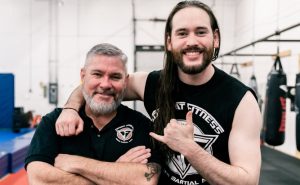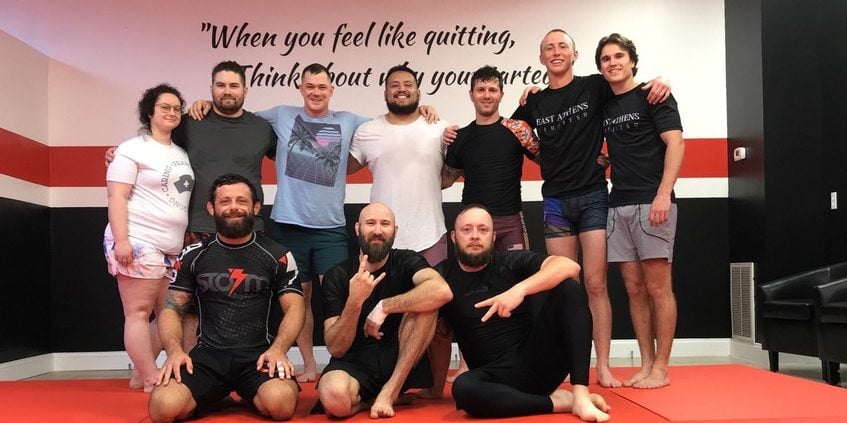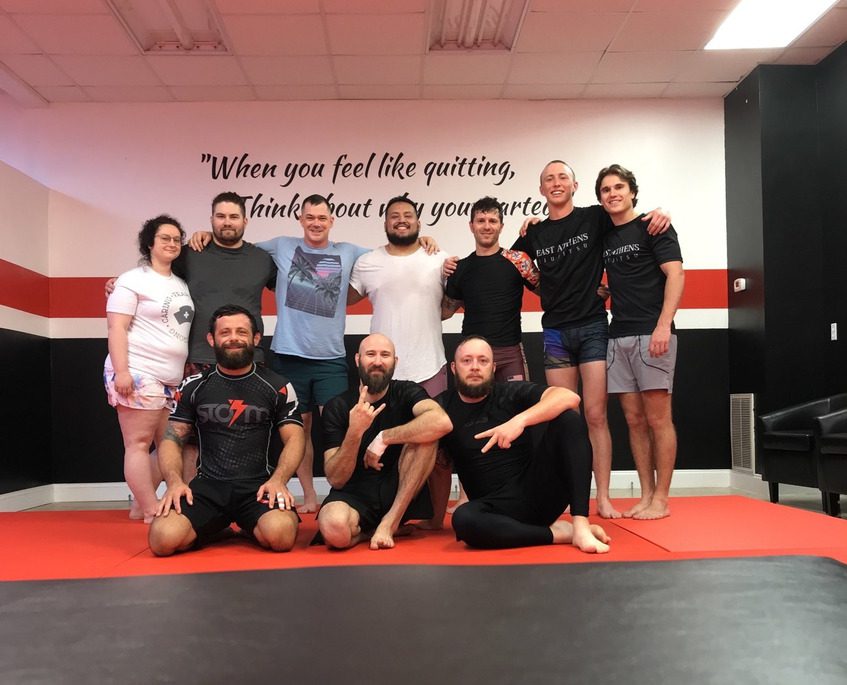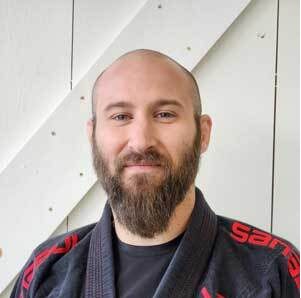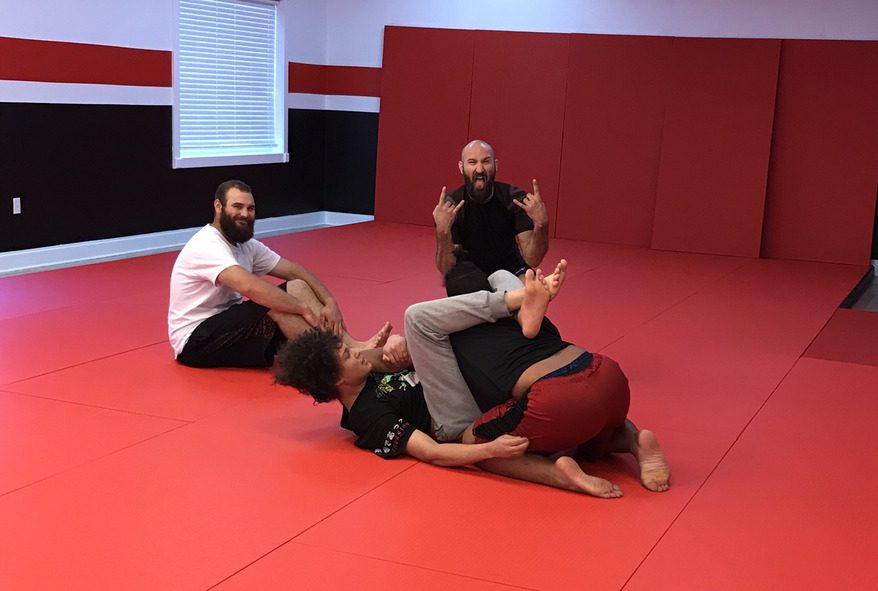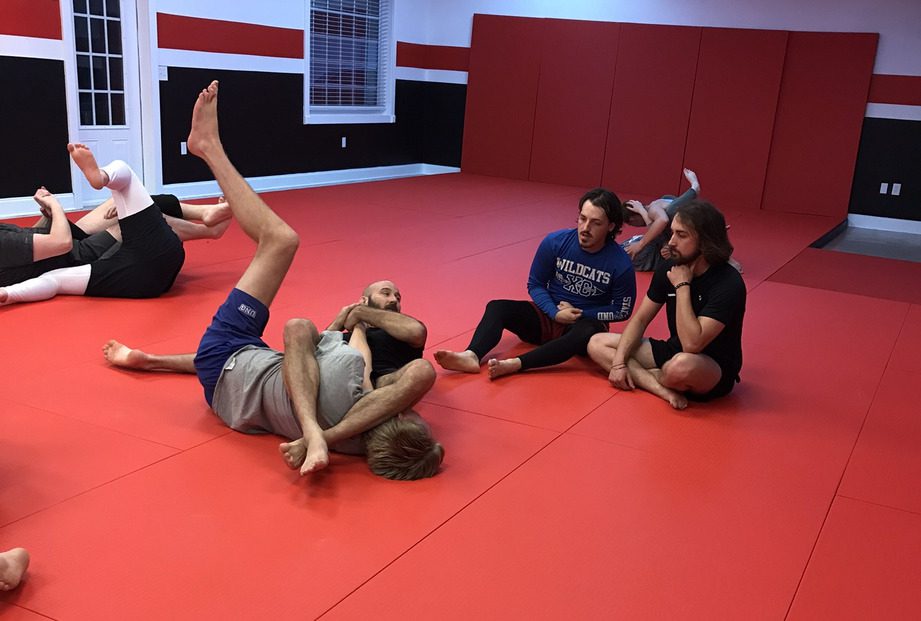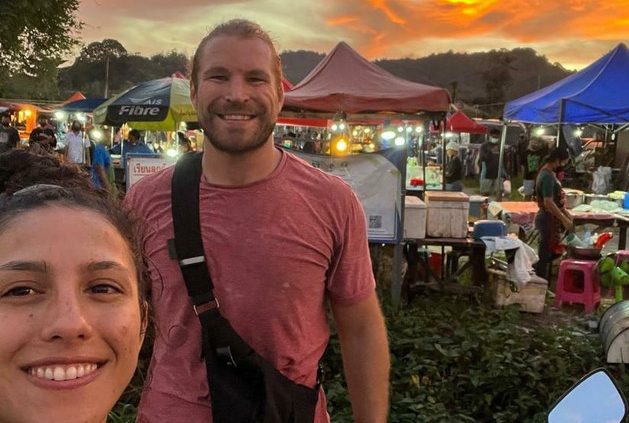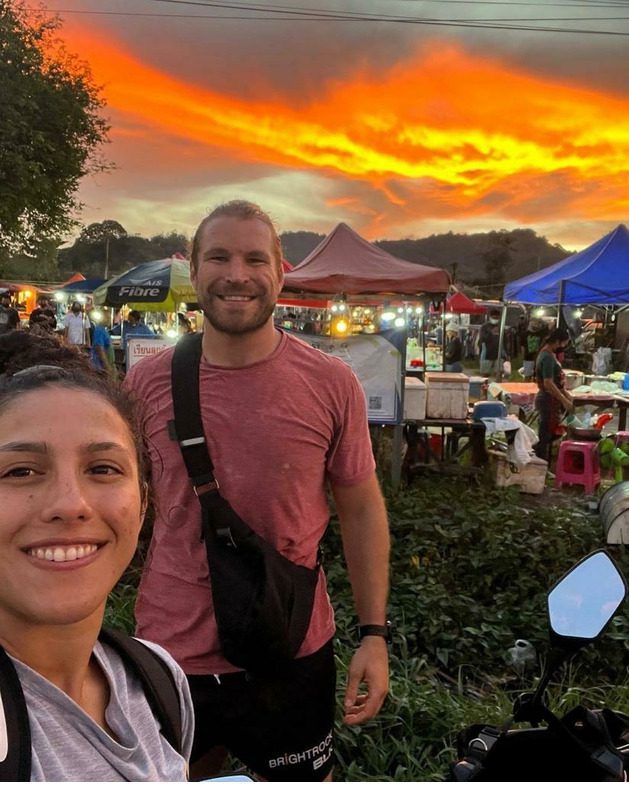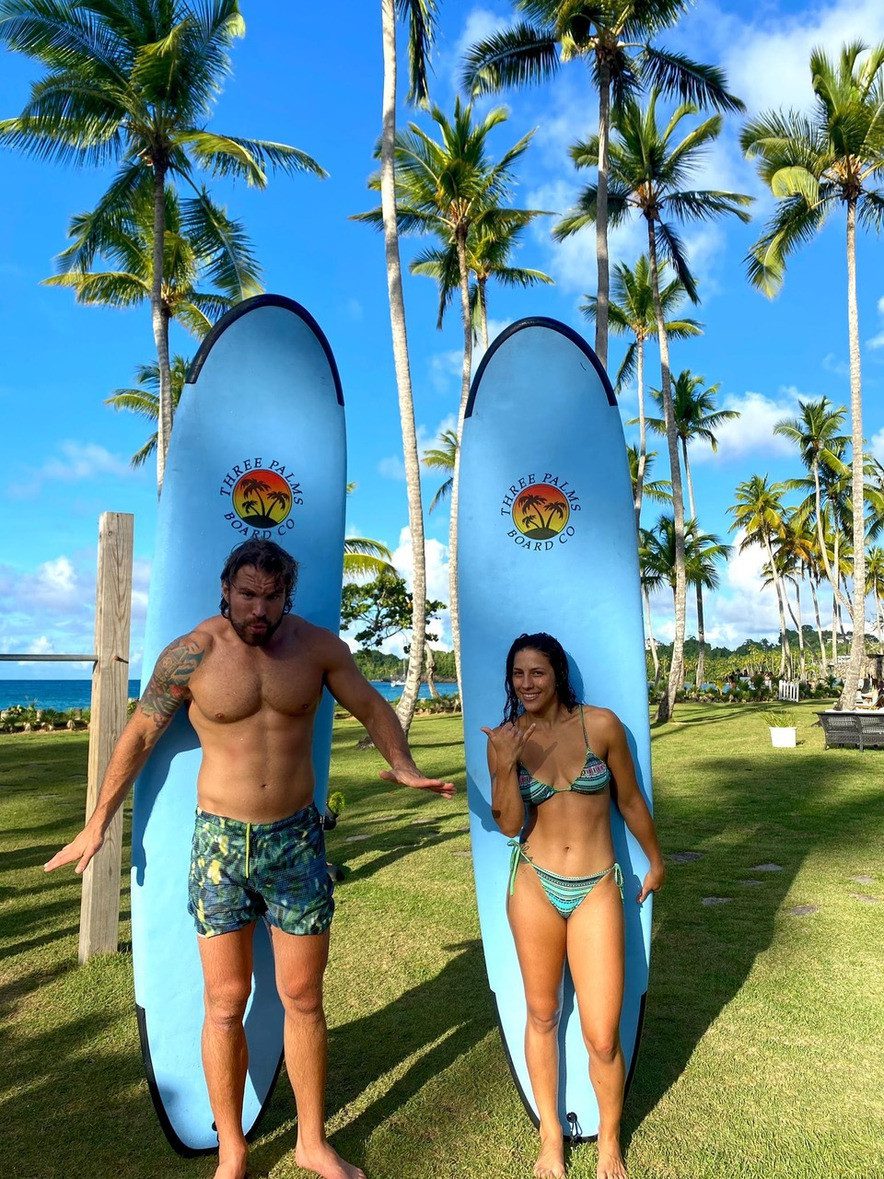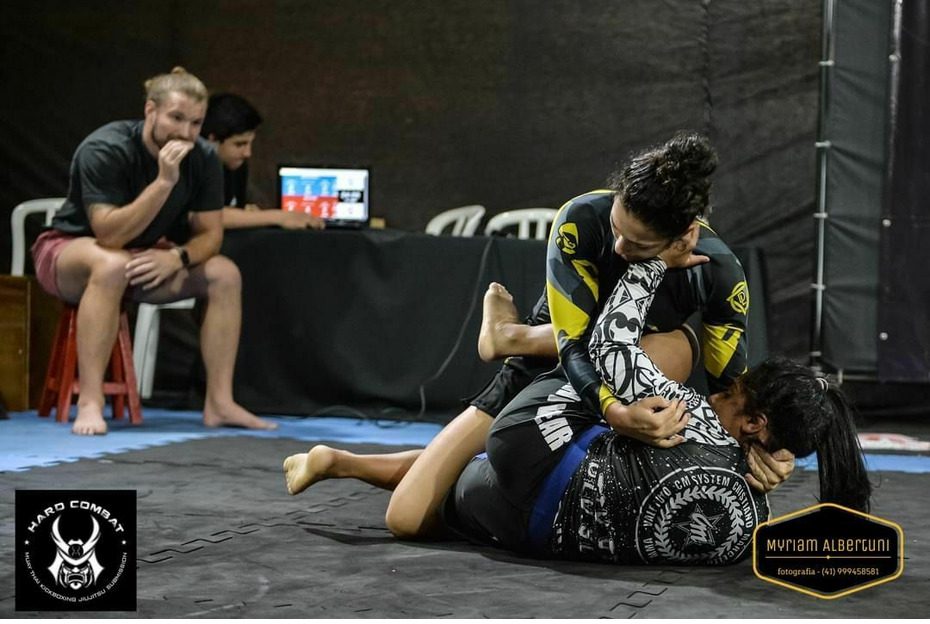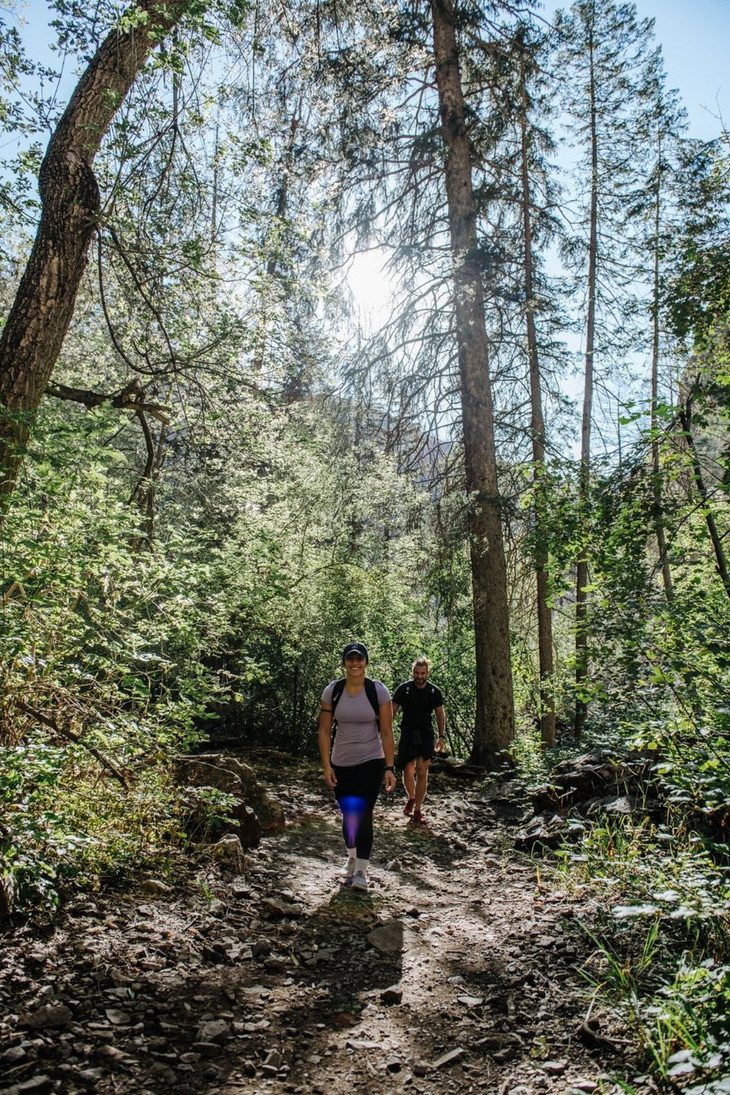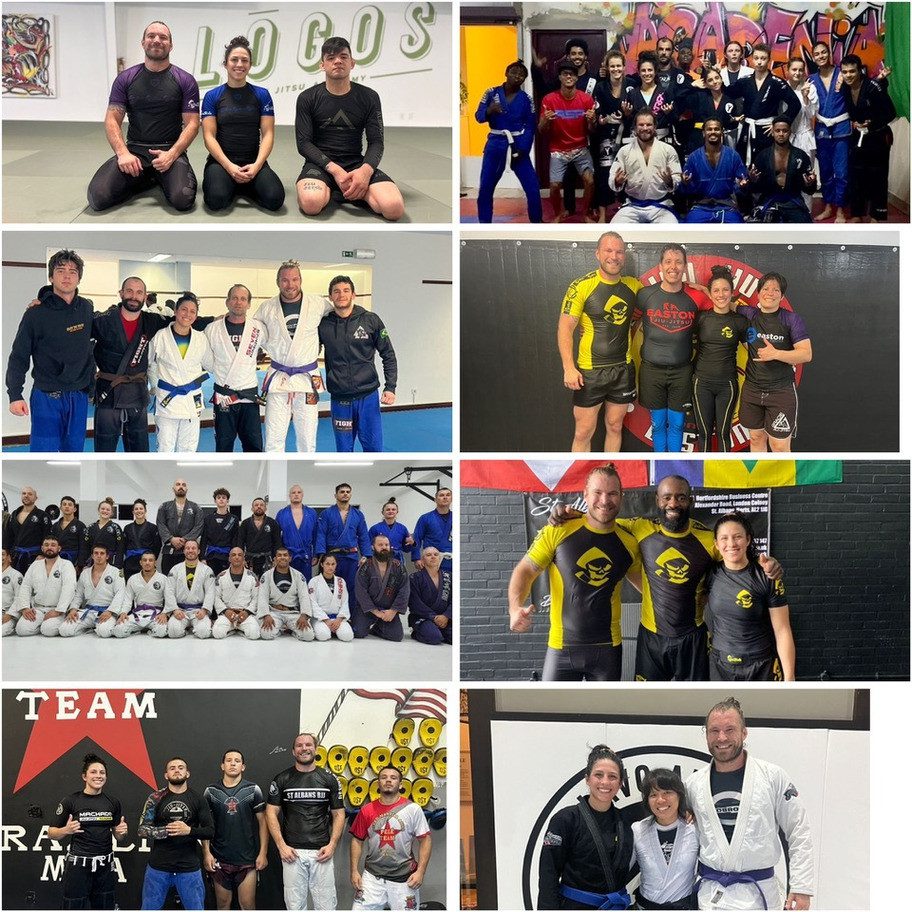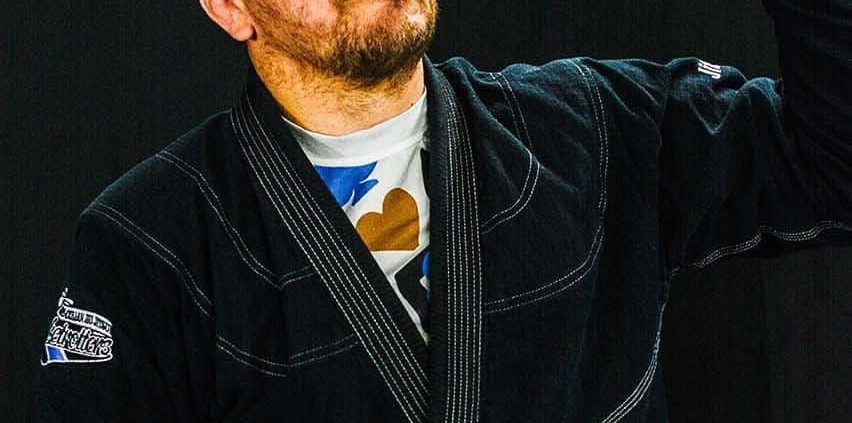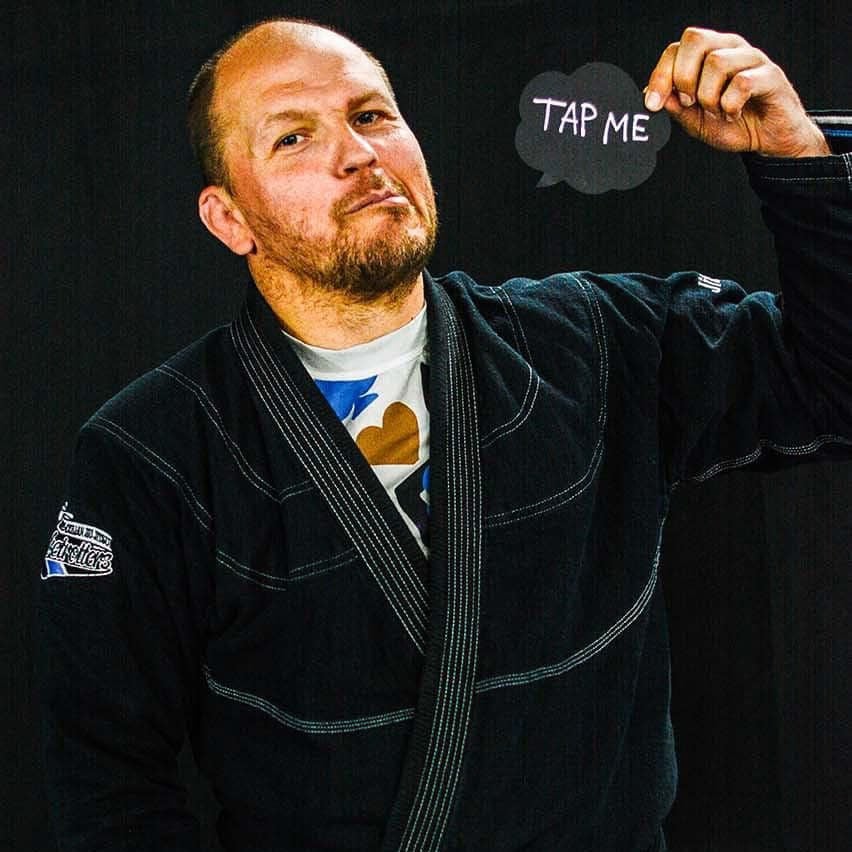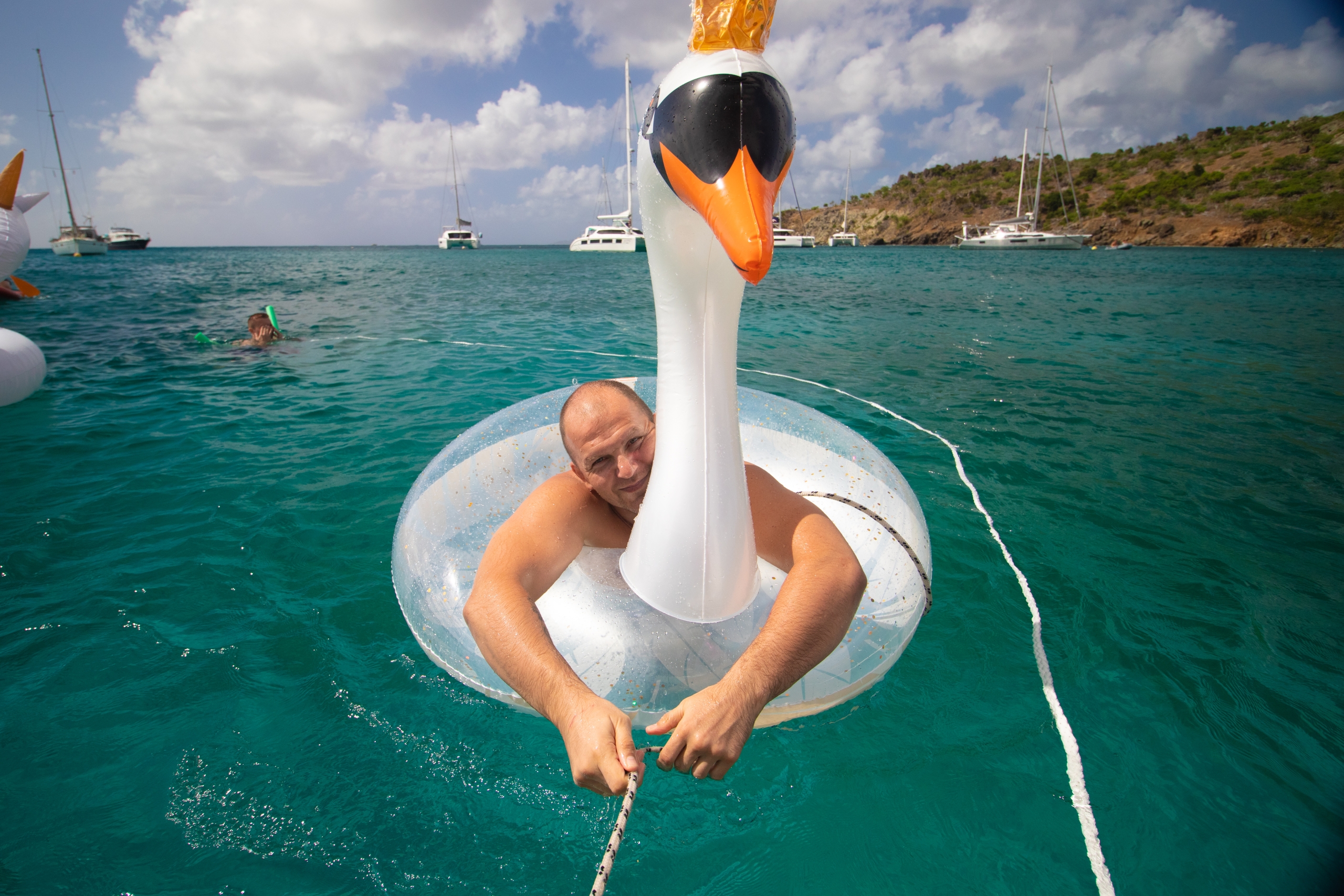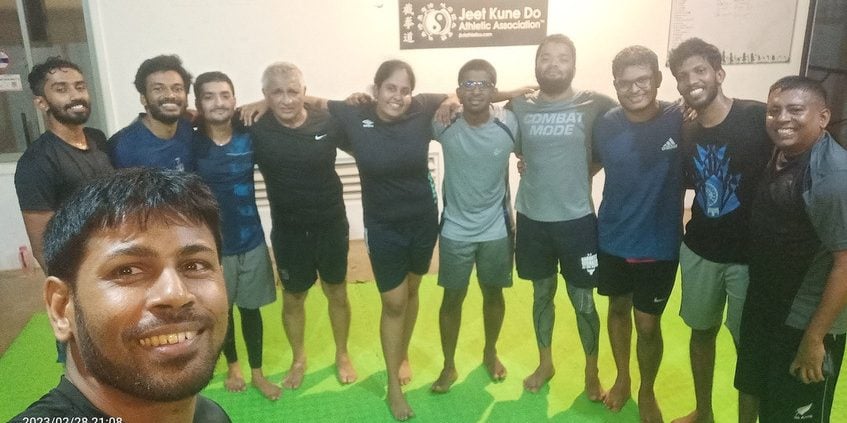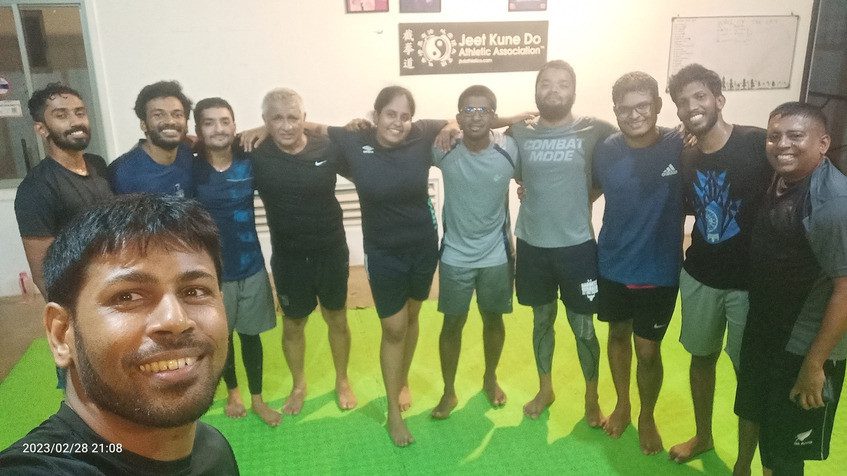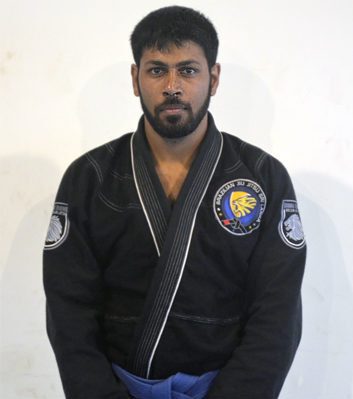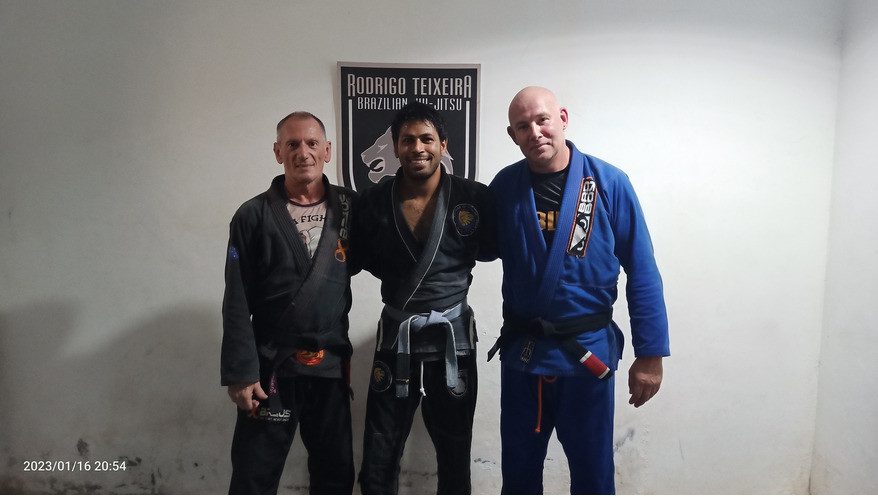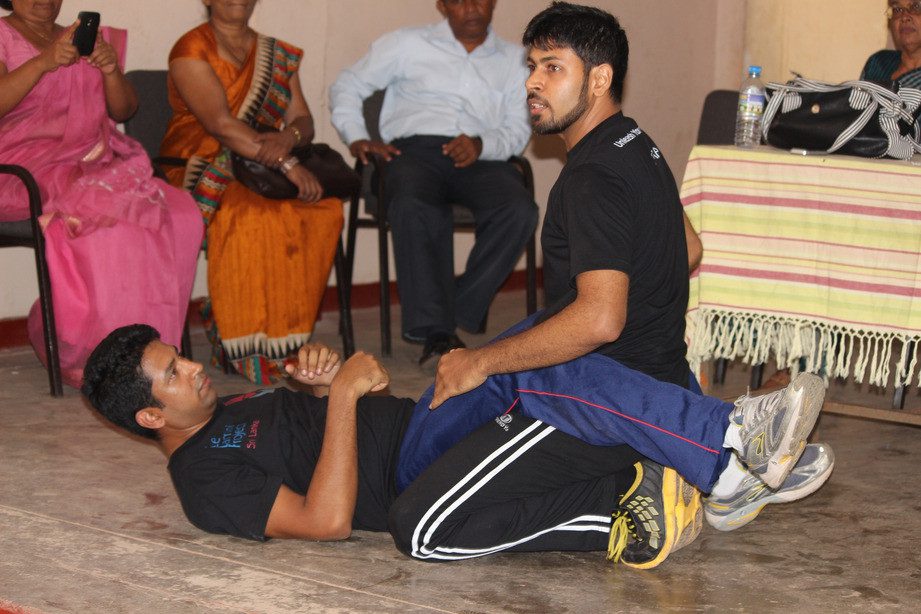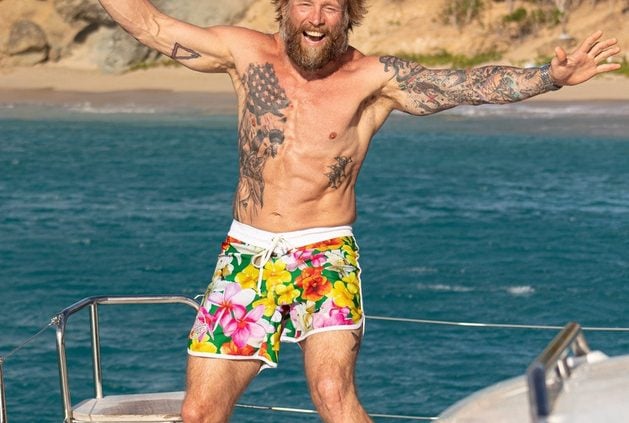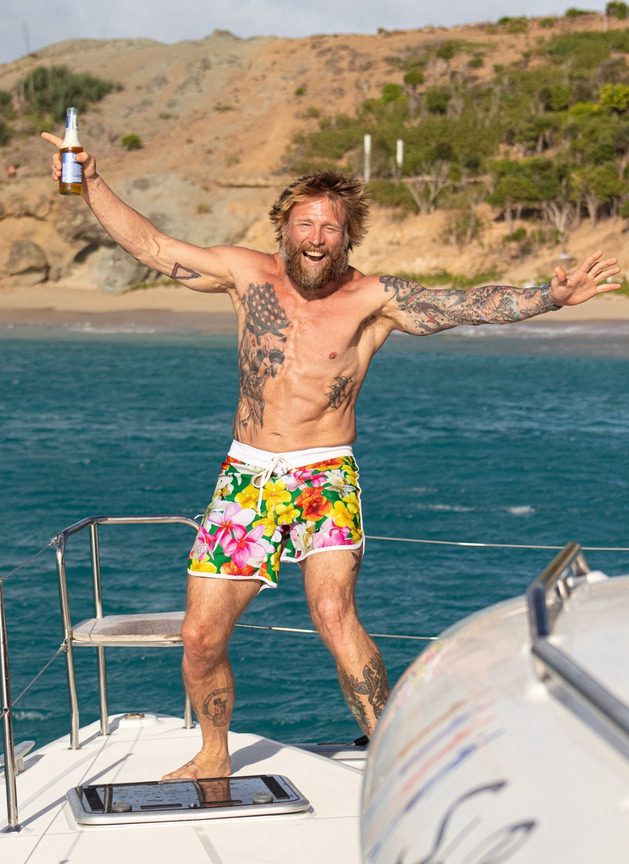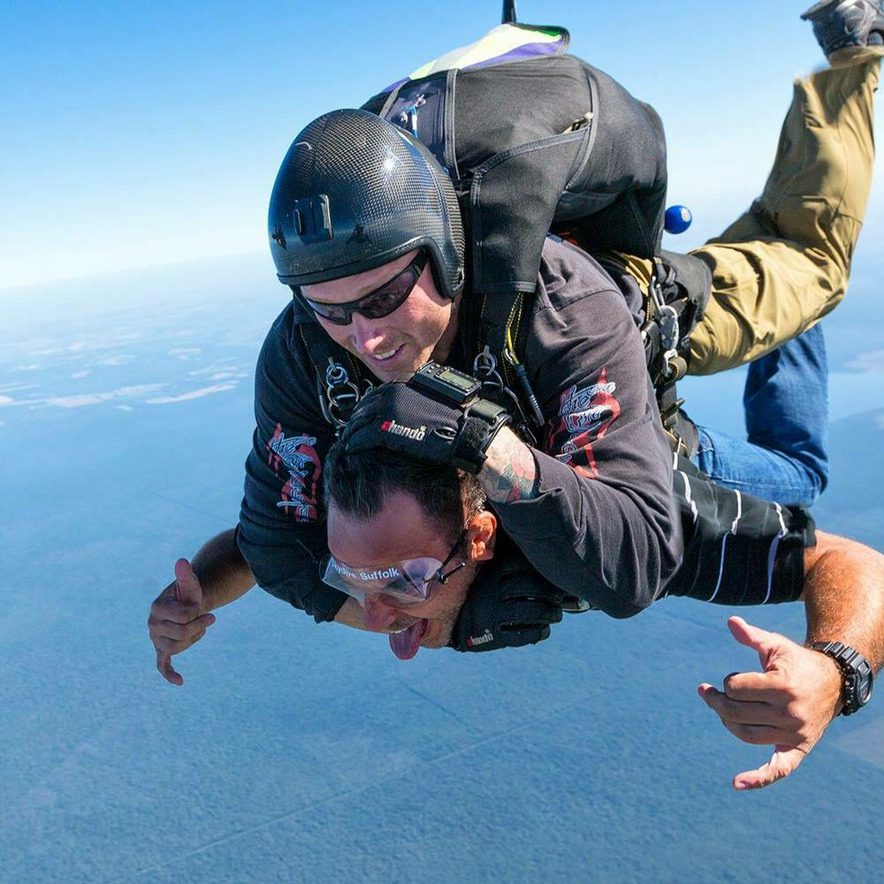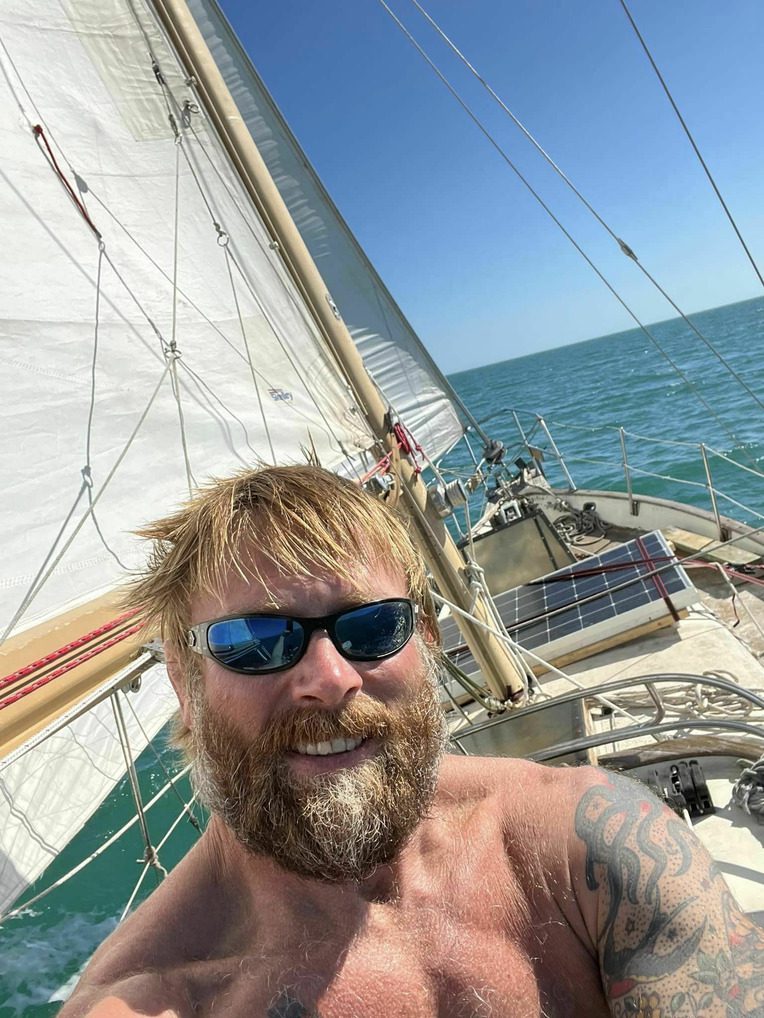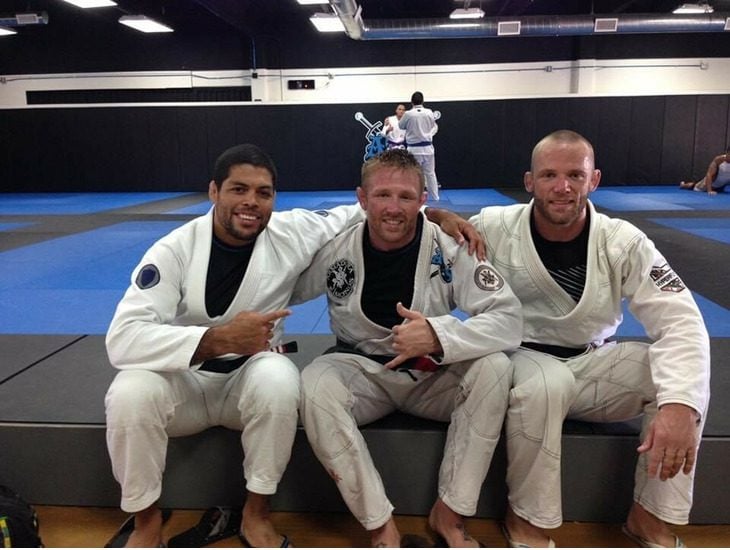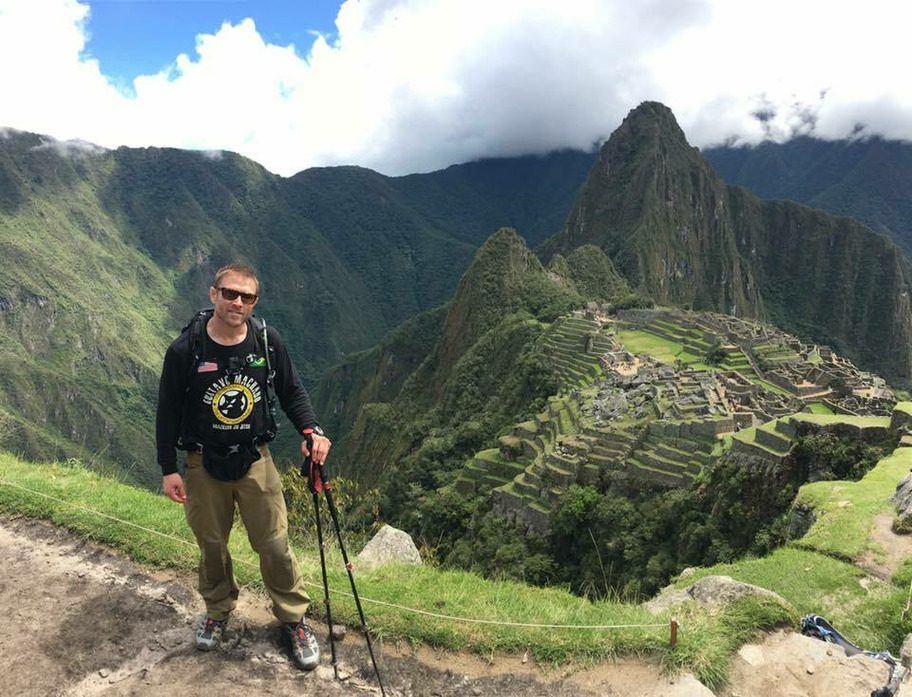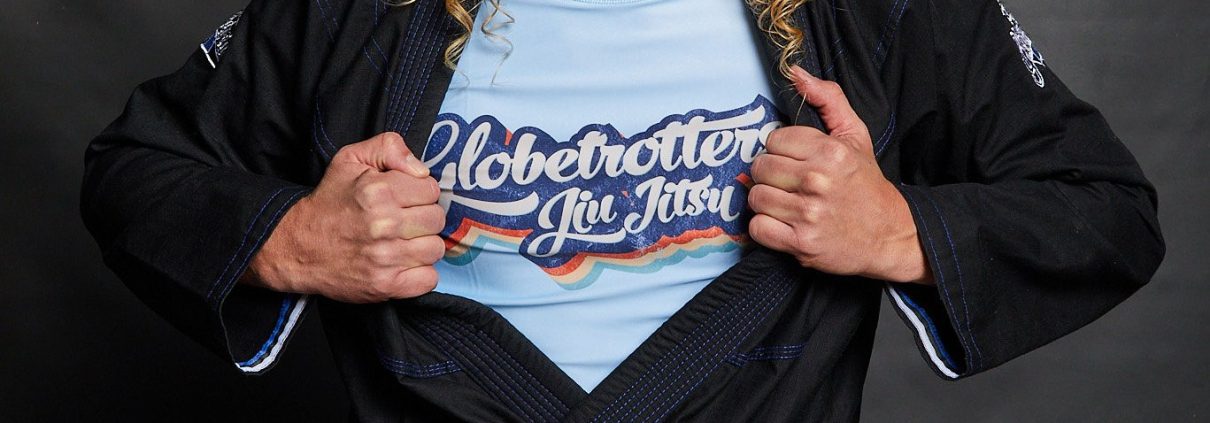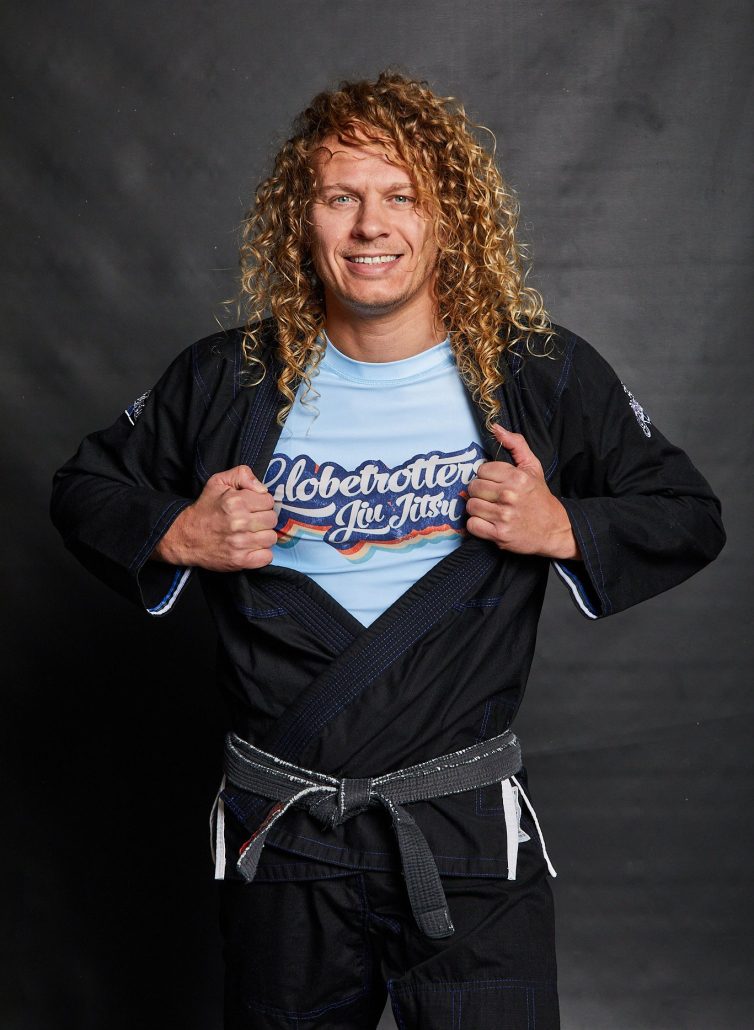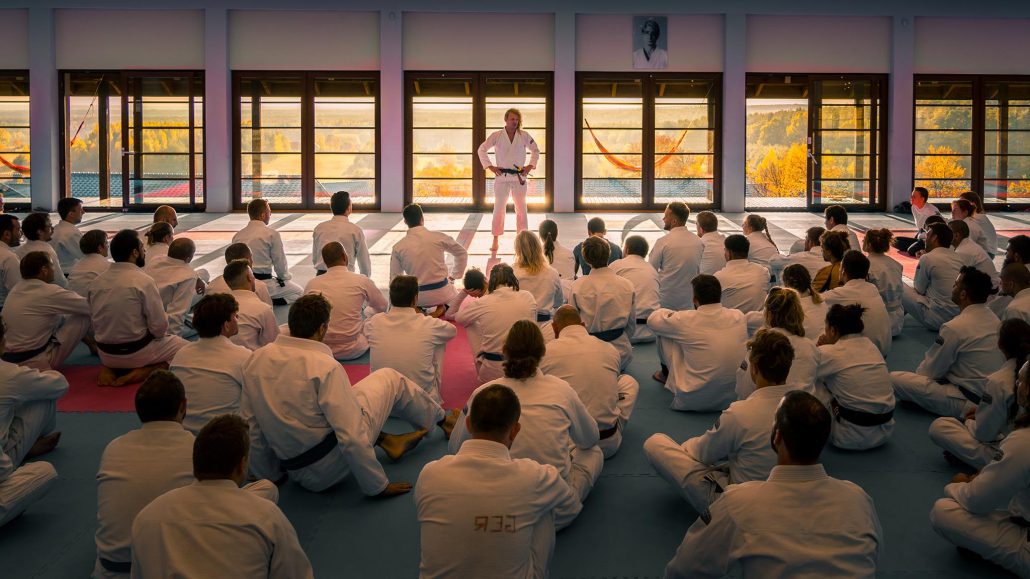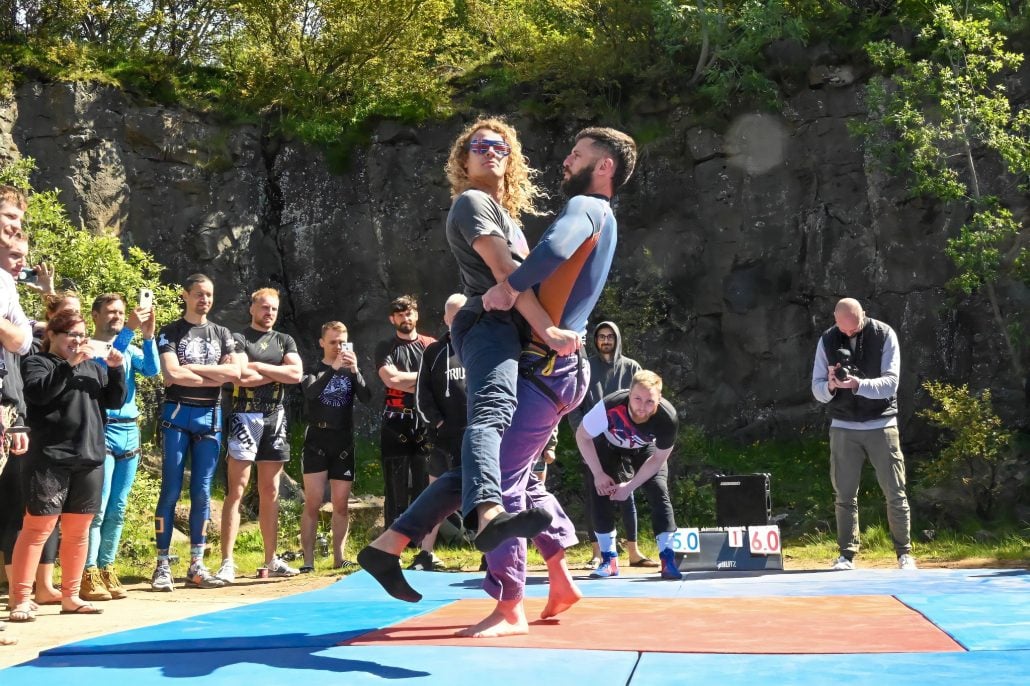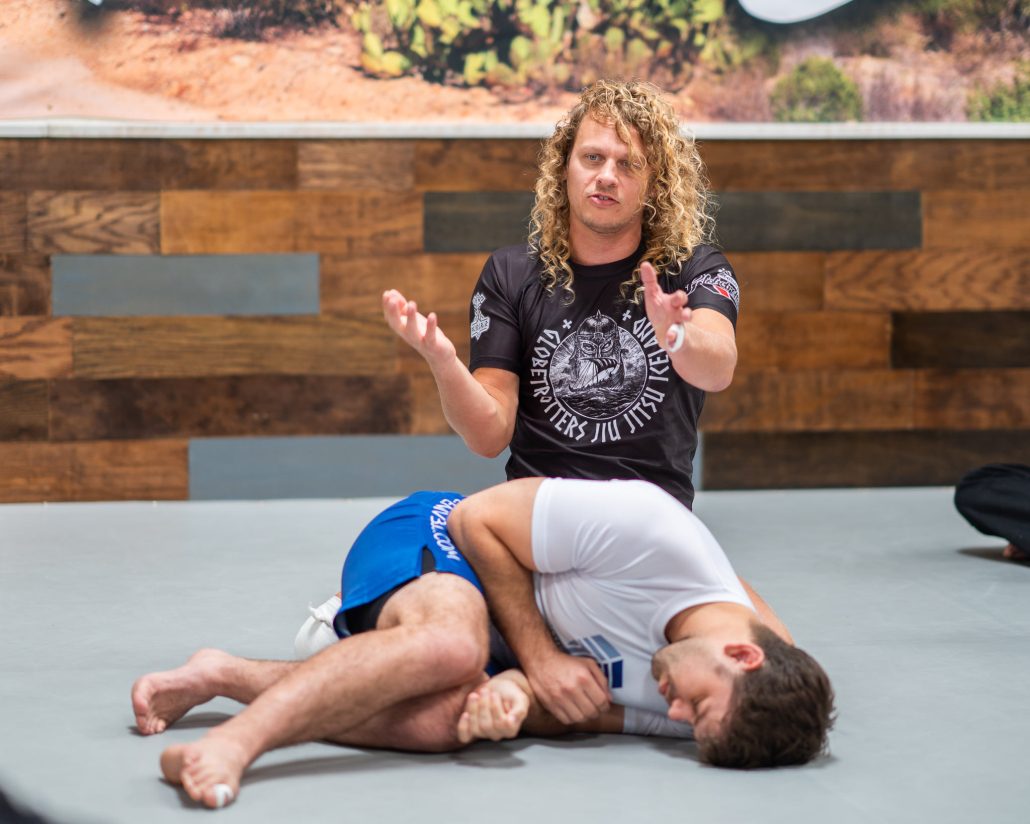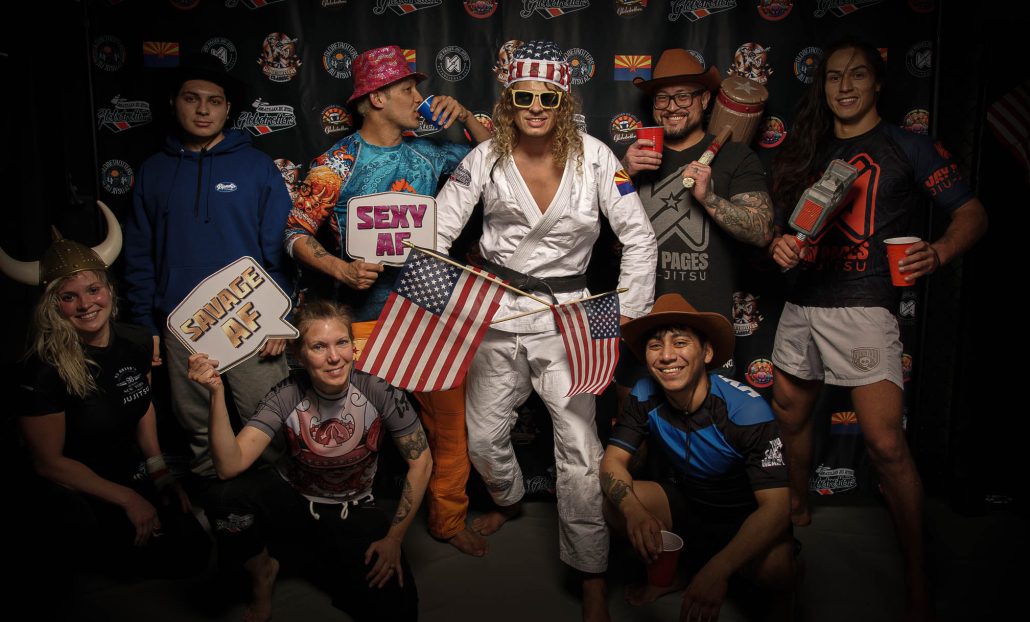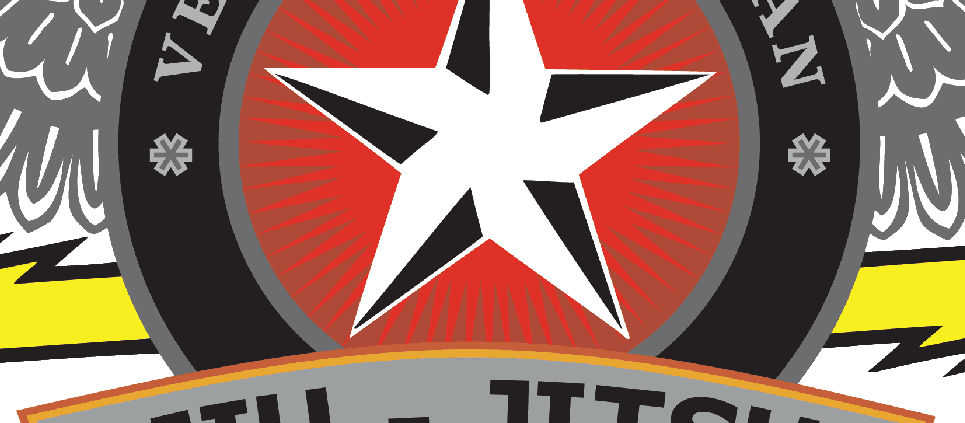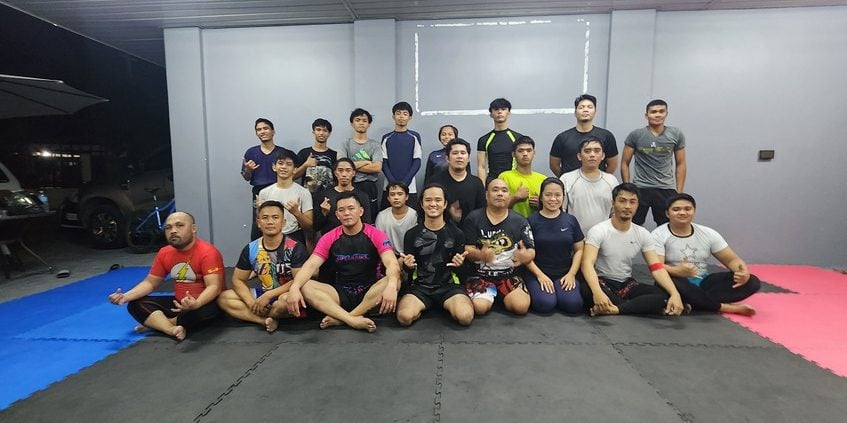Dust Mop Jiu Jitsu: The Combat Base: Part Two
Limitless BJJ- Cincinnati Ohio
-On taking breaks, coming back fresh and the myth of ego death in jiu jitsu
This is the Tenth article about my journey in Jiu Jitsu. If you want to know more about what this project is, you can read more about it in the first article here.
It’s also the second of 7 articles about my time as a member of Combat Fitness MMA. While I was there, I would learn to push myself beyond harder than I ever had.
In a previous article, I talked about going to Ohio for a grad school residency. The closest academy at that time was Fairborn Brazilian Jiu Jitsu but, due to the academy circle or life, they had merged with another academy all the way in Dayton. With no car, there was no way I was going that week.
Going back to Yellowprings felt incredibly different from the time before. In December, I had been traveling for three months prior and was not doing anything in particular. By May of 2019, it had been quite the opposite. I had several part time jobs which were making me crazy.
Mondays, Wednesdays and Fridays I was a full time French teacher.
How did I get that job? Funny story:
Substitute teaching is honestly a pretty great way to learn about a new area. All you do is get registered and then, based on your location, you see what schools need a person. You can work five days a week or none, it’s all up to you.
One Middle School was looking for a gym teacher for a day. Those classes are huge so they honestly don’t even need a sub since one of the two normal gym teachers was still there. He was so burnt out that he didn’t introduce me to the kids or himself. I had fifty middle schoolers trying to figure out who I was.
It was also crazy loud. Gyms echo, and middle schoolers like to shout. OSHA apparently has noise limits for its employees that should apply to gym teachers. That poor gym teacher was basically deaf after 20 years of enduring that kind of ear beating.
After two of those classes, I wandered around the hallways just to get the layout of the school. I ran into a friendly woman in the hallway and we had a little chat.
Her: Hi, you look new
Me: I’m just subbing for the day
Her: Oh cool! I’m the in-building sub. They put me where they need me each day.
Me: Nice, I have gym. It’s kind of brutal.
Her: I love gym! I would so trade with you. You don’t speak any French do you?
Me: …I mean, a little, yeah.
So I ended up with the French class…For the rest of the school year.
I wasn’t lying. I do speak some French. I was in a relationship with someone from France for a few years and I got a bit carried away with the language. For the record, I never claimed to be fluent and still don’t. I’ll tell you exactly what I told the kids: “I know exactly what it’s like to go from knowing zero French to knowing some French. And that’s where you’re at.”
Thursdays I taught Hebrew at a synagogue in South Burlington. Everyday I had graduate work to do for my degree in mental health counseling including a class on group therapy culminating in a residency in Yellow Springs Ohio.
In between, I had been finally convinced to start weight lifting, an endeavor that I seriously resisted in my attempts to hold on for dear life that size and strength didn’t matter in Jiu Jitsu. By the second week of January I had already become a member of Combat Fitness MMA. Under the tutelage of my good friend and coach, Aaron, I finally got to try a competition. It was super local, the kind of competition where everyone watches every single match because there’s only space for two grapplers.
I remember going and feeling that adrenaline dump for the very first time. It felt like I couldn’t even move let alone defend myself. I was almost relieved to find myself in a triangle choke after 30 seconds. The second guy got me in an armbar and I still felt like I couldn’t breathe or do anything. That day, the myth of strengh-less jiu jitsu died. I knew I had to do something to improve my strength and my cardio if I was going to achieve a different result.
I didn’t know it then, but that would be the first of three competitions in a row where I didn’t win a single match. But since it was my first competition, I didn’t allow myself to get depressed. I still felt like there was something to do about it.
Luckily I had someone at Combat who could help me in that department. Anthony Bambara is a boxing coach who is without a doubt one of the biggest draws to the gym. Whereas the BJJ class usually had up to 12 people on a good day, the Boxing classes filled the cavernous warehouse and were absolutely packed. It’s easy to see why, he’s just so freaking enthusiastic when you talk to him about martial arts and fitness. So much so that it feels like he’s almost shouting with excitement.
Since I never took the boxing classes, I rarely interacted with him but always knew that he was a good strength and conditioning coach. I always saw him working with people of all shapes and sizes to get more fit. Yet there’s something funny that can prevent you from admitting that you want to be and feel stronger. Almost like wanting to be taller except you can actually do something about this. But those losses at the tournament got me past that timidness. Once I got back to the gym, I approached him right away and he made an appointment.
From there I had a two day a week lifting regimen. I had done some weights in the past but never thought I would start squatting, deadlifting and swinging kettlebells. I did, and I still do. It revolutionized my game but it was still just another thing to squeeze into my busy week of work, grad school and jiu jitsu.
So as I got back to Yellowsprings for the residency, aside from lifting, I did nothing but focus on my grad school week. I went to the classes, performed group therapy and participated in it as well.
I don’t know if you’ve ever been in group therapy but it’s exhausting. Our University had a strict no role-playing rule when it came to practicing counseling. People who are told, “act depressed and see where it goes’ ‘ don’t know when to start cooperating with the therapist. Instead, we just talk about lives but try to discuss things we’ve already processed in the past. It keeps things from getting too intense but almost everyone breaks that rule by the end of the week.
Facilitating group counseling is even more tiring. The skill is in learning to allow the group to naturally go in one direction but to use the members of the group to deliver therapy to the others instead of everything having to come from you. My professor said she always packs the extra strength deodorant for group sessions. So imagine doing that for eight hours every day. Nobody wanted to hang out at night, they all wanted to sleep or process their life.
That was fine with me, I had a new season of Cobra Kai and I couldn’t believe how good it felt to have nothing to do in the evening. Oh and that schedule that I referenced before, it’s a pattern that I frequently get myself in. I do too much. In undergrad I had two majors and two minors. Even as I write this, I’m on my lunch break in between the morning Jiu Jitsu class, the kids class later tonight and an insight meditation group I attend on wednesday nights.
The first time I was in Yellowsprings, I couldn’t stand the fact that I wasn’t training Jiu Jitsu. This time, I was so relieved to have permission to do nothing.
–
By the end of the week, however, I knew it was time to go back. Of course, I could have waited to get back to Combat Fitness, but my rested self was antsy to explore. I had one night in Cincinnati before going back to Vermont and my host would be a fantastic friend of mine from a camp I had worked at years before. Alicia was studying to be a Rabbi and was excited to host me, but she had some classes until the early evening. She asked if I would be okay waiting somewhere. So my classmate from the residency drove me straight to Limitless BJJ.
Limitless is in, what looks like, a hollowed out factory floor. The raw bricks combined with the shiny modern mats almost made it feel like a hip coworking space. A real rust belt chic vibe. I got the attention of a coach who was already in the middle of teaching the fundamentals class. He assured me that I could pay a drop-in fee later, borrow a gi and hop in right in the middle.
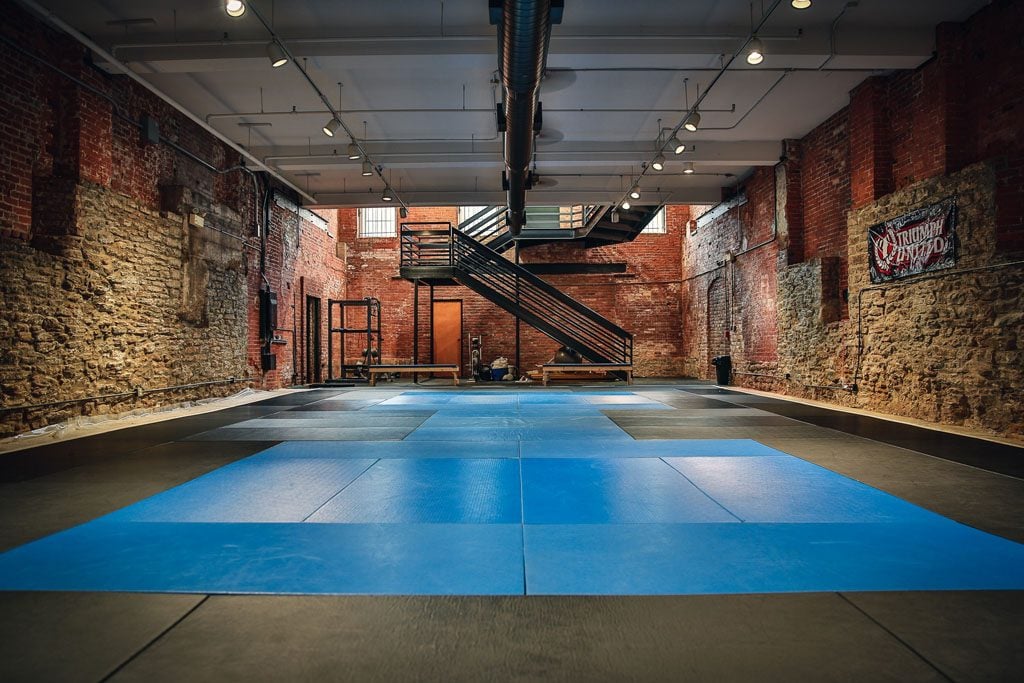
A word about drop-in fees. As a member of BJJ globetrotters, I wholeheartedly subscribe to the idea of letting travelers drop-in free of charge. But I’m never offended by a gym that asks to pay a reasonable fee. I never know what a gym’s finances are but I’m sure a great deal of them struggle to keep the lights on. In writing this blog, I’ve learned that some of the gyms I’ve been to have permanently closed. According to a sociologist friend of mine, in bad economies gym memberships are often the first thing people get rid of. I’m fine paying 20 bucks so someone can keep their lights on.
I was still reeling from my two major losses at that local tournament. Competition isn’t everything but it does give you a barometer of where you are in your Jiu Jitsu. So I had a little bit of a chip on my shoulder during that class. I wanted to see where my skill was at compared to the folks I would be training with.
We did a bunch of rounds of positional sparring from the guard. These guys looked at me in my oversized smelly borrowed gi and figured it was my first day. When I threw their legs up in the air and landed in side-control, I felt pretty good about myself. After a week being away, I had really missed it. It felt good to be going in fresh.
At the end of the class, the coach said he owed me a roll since I was visiting. I had never heard anybody say that before. What an interesting idea to roll with the newest person as a thank you for showing up. I had never been so honored to get submitted four times in a row.
–
After that class I went upstairs to the office and met the head coach and owner Robby Malof. I saw he had a Jewish bumper sticker somewhere in his office and asked him about it. Turns out he’s competed in Israel, teaches Jiu Jitsu to a local Rabbi’s kids and his instagram name is the @HebrewHearthrob. That was kind of cool to see, I’ve met other Jews who do Jiu Jitsu but not a whole lot of them. Not everyone makes it as public as he does.
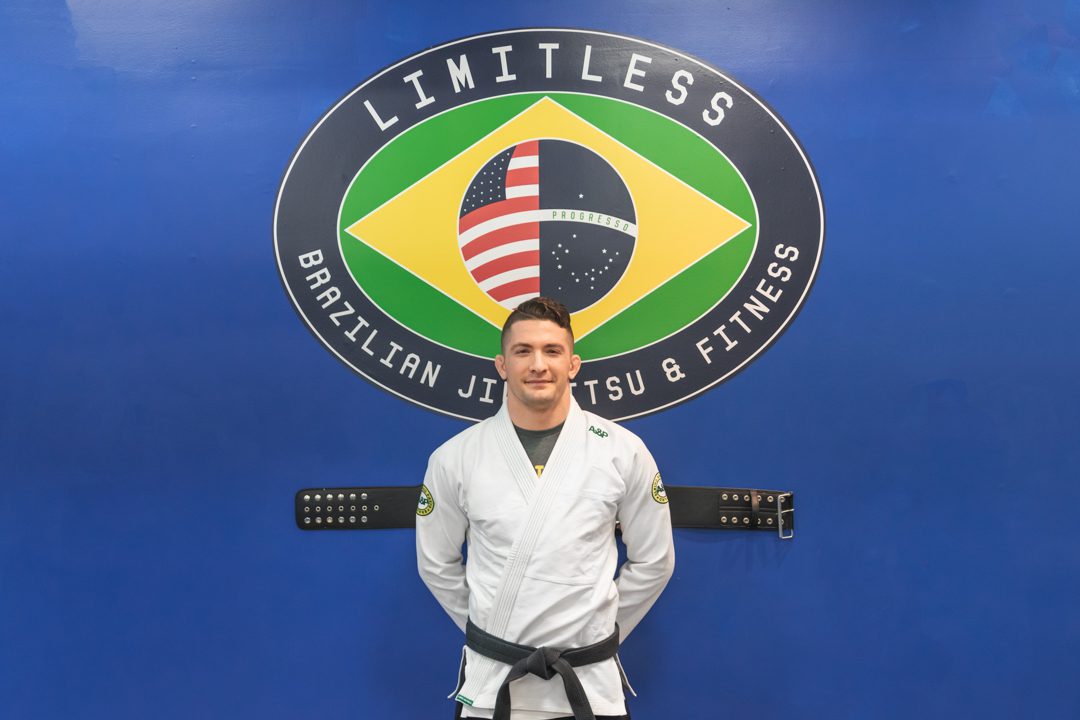
The fundamental class was over but he invited me to stay for the Intermediate No-Gi class that he was about to teach. I changed out of the rental as some of the fundamentals guys were putting on their civilian clothes.
“So, were you a wrestler or something?” I turned around and realized one of the guys was talking to me. I explained that I train in Vermont but am just in town for the night. But again, I was at a point where I was looking for something to feed my ego.
Jiu Jitsu guys will ask questions like this all the time. It’s not to gauge where you’re coming from, it’s for them to see where they’re at. Some other varieties of the same question are:
-How long have you been doing this?
-Is this your first class?
-You play any other sports before this one?
Sometimes it’s not even a question. I remember submitting a new guy at Combat Fitness one time and he did exactly what I did when I was new. He sat on the side to watch me get my ass kicked to see just how low he was in the pecking order.
But there it was, my ego boost. It was the first time I had ever visited a gym and had people comment that I seemed like I had learned Jiu Jitsu before and wasn’t a complete beginner.
The Intermediate class was a different story. Robby had all sorts of drills that I had never really seen before. I had never done shadow grappling and it was interesting to try and get into a flow. Then we did some two-man drills where we took turns carrying each other across the room and climbing around each other.
I can’t honestly remember what ] technique Robby taught. But I remember the rolls being intense. Again, people didn’t know who I was or what I was going to do. Every gym has it’s own way of thinking about setups to submissions. In that way it becomes like their own dialect. Somebody new will either subject them to what they’re used to or vice versa. It’s always interesting to see.
At the time I was working on what we at Combat Fitness called Amber’s throw. Named after our coach Amber Farr who liked teaching it to small people so they can use it on unsuspecting giants. I actually learned from her husband Rob.
Rob is a jiu jitsu coach with no interest in pure grappling. He only wanted to train it insofar as it would make him a better martial artist. If he can’t hold you in side-control without being able to hold a rubber knife at the same time, that technique does nothing for him. He wasn’t mean, but he wanted to be skilled in violence. Nothing fancy but everything painful. He was my first instructor to encourage me to force my elbows into peoples faces.
Initially, I never saw him roll with anyone. He could usually be seen throwing elbows on the heavy bag or practicing wind sprints with a spear or another thai weapon. Aside from Muay Thai, his main passion in life was fighting with the dog brothers. If you don’t know what that is, enjoy your newest rabbit hole.
Still, it’s Amber’s throw. You put your arm around a person’s head and step though so that you land in Gesa Ketame. From there, you put your leg over their forearm and, voila, instant armbar.
I feel like I should pause for a second and reflect on the fact that I was being a little bit aggressive when I visited Limitless. I felt like I was going through a period where I maybe felt like I needed to improve myself and work toward a new self concept. On the one hand, I struggled with being non-competitive. But I was trying to think of myself as someone who could and deserved to win.
I rolled with a guy that was much bigger and much stronger than I was. At that point, my proud moments came from making that person more out of breath than I was. A smaller dude who was my around the world partner was very wiry and very dynamic but I was working on my pressure. It ended up being a great match.
Robby offered me the same sign of respect as the previous instructor. I remember there was rap music playing in the background and he was almost dancing to it while advancing toward me at the same time. Eyes on me, focused for sure, but also loose and relaxed. I remember trying Ambers throw but eventually my back got slowly taken and the life squeezed out of me for the tap. I asked for anything he noticed about my rolling. It’s something I always ask higher belts for.
He let me know that I turn my back a lot when I roll. That throw that Amber taught me, was effective. But the Gesa Ketame position had a downside, it put my back toward the other person. If they got their elbow out or if I stuck my head up too high, it was just asking for my back to be taken. His observation is exactly what I was looking for, direct feedback about something that I could be doing a lot better.
My training partner for the day offered me a ride into downtown Cincinnati to my friends house. I love that I got to catch a favor from someone in the gym. BJJ guys can be crazy accommodating to outsiders.
I still see things that are going down at Limitless on instagram. The mats look as shiny as ever and Robby is still pushing himself to compete at really high levels. If you’re reading, thanks for the rolls and hope to see you all on the mats again sometime.
Looking back, I thought the big myth that shattered for me during this time was that size and strength didn’t matter in BJJ. But I think another myth was beginning to disintegrate as well. BJJ, in no way gets rid of your ego. It can actually ramp it up.
Going to tournaments is what focuses a lot of people in BJJ. They also think of them as a barometer of their skill level and their academy. For me, visiting academies does the same thing. I get to see the holes in my game and actually learn some alternatives to my flow. People are always welcoming but there’s still an idea that this visiting person is a chance to show off to their coach. It’s like a better tournament because there’s no adrenaline dumping and people actually try and use their skill instead of just muscling through.
Going to tournaments, you do see some beautiful technique. But there are times where you feel like none of it matters if the other person is bigger and stronger than you. It’s like the scene in the second book of Harry Potter where they’re learning how to duel. These cerebral spells that help them channel magic against each other go completely out the window and they just end up punching and headlocking each other.
People in BJJ love to get super competitive, train for hours, do their best to strangle someone or destroy one of their joints and then say, “don’t compare yourself to other people.” I feel like that’s what happens in the cartoons and someone says “whatever you do, just don’t push the big red button.” We all know how that episode ends.
Comparison to others is just a thing you have to learn how to live with. At that tournament, I was out of breath, gassed out and oddly euphoric afterwards. Aaron, a purple belt at the time, moved slowly and deliberately. While his opponents struggled to sweep him, his legs wouldn’t budge. There was one point where he gripped up with a guy, forced him to move to the center of the mat and then rolled into a picture perfect sacrifice throw landing in a soul crushing knee on belly. At that moment, the whole room actually clapped.
I’m not advocating for constantly comparing yourself to others. That’s just a recipe for disaster. On the one hand, you can convince yourself that another person’s size, strength and experience doesn’t matter in a sport where your bracket is determined by all three of those things. The flipside is living a life filled with fear and creeping insecurity. Ignoring that mental tightrope is almost like refusing to learn the guard.
After the tournament, I was down. The comparison game sent me on a wave that crested over at Limitless where I was telling myself I was awesome for passing a bunch of new white belts guards. Soon it was going to crash hard. But that’s for my next article.
It would eventually be up to Aaron to help set me straight. After he had done a high level competition he said it was always important to take comparisons but really of yourself. “You today could beat the crap out of the person who first walked into Combat Fitness MMA a year ago. And it wouldn’t be a pretty fight either. That person would be begging for mercy by the end of it.” For Aaron, telling someone that you could inflict violence is always a compliment for Aaron.
–
If you ever want me to visit yours and write about what it’s like to learn from you, feel free to reach out at [email protected]. You can also follow me @DustMop_JiuJitsu If you want to read my articles as soon as they’re published be sure to subscribe on my blog site!

